Try the new IKO website at https://beta.ikointl.com/
Help< > Membership
Author: Marica Moda
Boost Your Confidence on the Water: Essential Tips for Kitesurfing Success
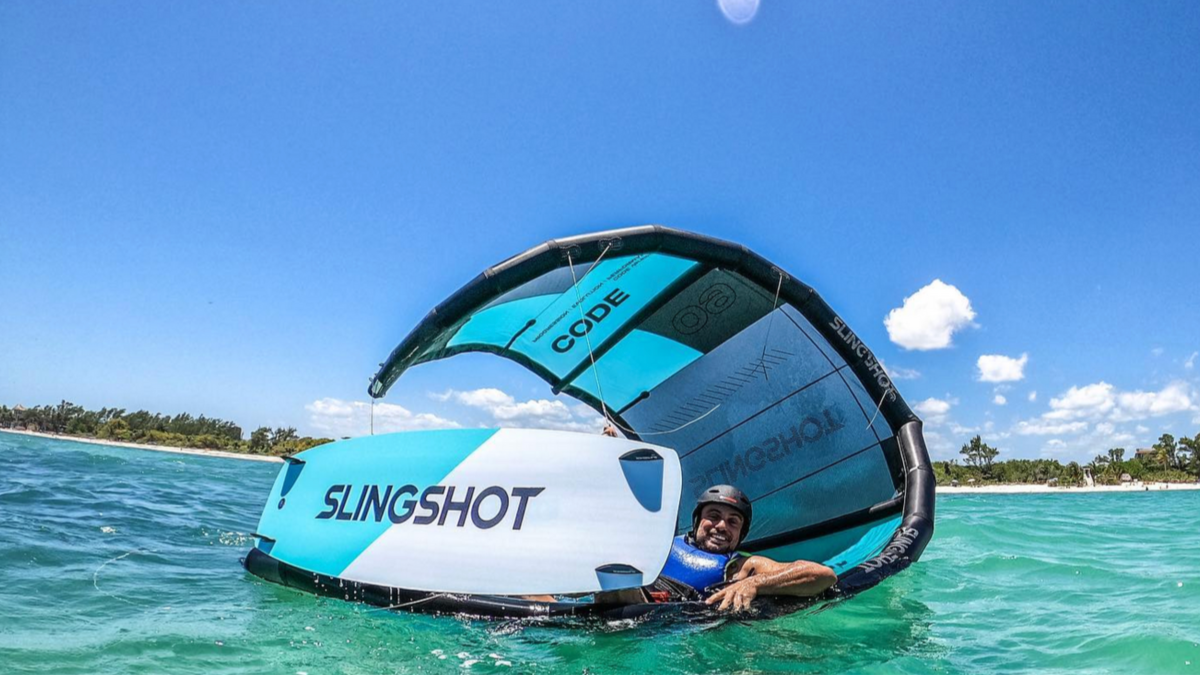
Kitesurfing is an adrenaline sport that mixes board riding with wind power for an exciting rush. It can be thrilling yet intimidating for beginners. To fully enjoy and master kitesurfing, confidence is key. Whether catching your first wind or leveling up, here are tips to boost your confidence on the water!
Nailing the Basics: Your Ticket to Kitesurfing Confidence
Mastering kitesurfing starts with the basics. Dive into lessons with an IKO-certified instructor who will guide you through the fundamentals, such as spot assessment, gear handling, how to use safety systems, launch, and land as a pilot, kite control, body dragging, steady-pull, and water starts. Also, learning how to perform self-landing during your lessons is crucial from the beginning. This skill ensures you're equipped to handle your kite safely when needed.
Why choose an IKO instructor?
- Top-Notch Training: IKO instructors provide a standardized, high-quality safety and best practices curriculum.
- Global Recognition: IKO certification is recognized worldwide, making it easy to continue improving wherever you kite. Get your IKO Vcard with an IKO instructor!
- Safety First: IKO instructors are trained to handle any situation on and off the water so you can confidently learn.
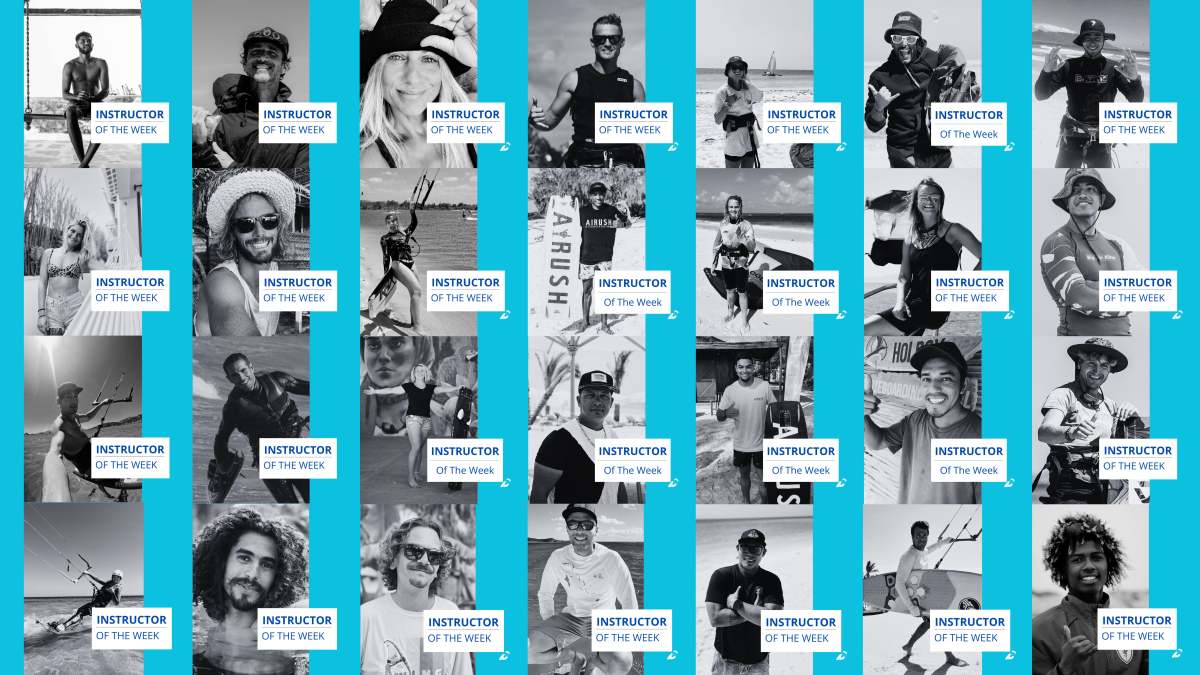
Take your time—each mastered skill builds confidence and brings you closer to pro status. The IKO Assistant Training Course - ATC is a fantastic next step in advancement. It’s ideal for independent kiters eager to enhance their skills and become a kitesurf specialist. Plus, it’s the first step towards a kitesurfing career with IKO. For more info, visit the IKO website.
Master the Skill: The Secret to Consistent Kitesurfing Practice
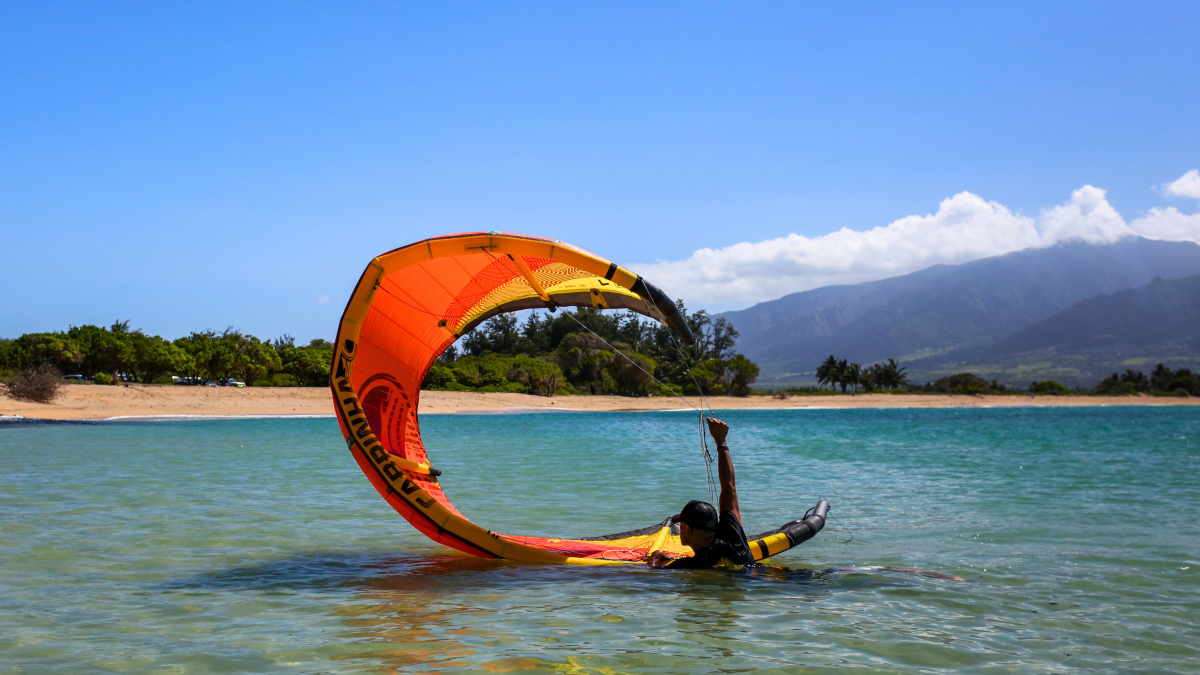
Kitesurfing improves with regular practice. The more time you spend on the water, the better you'll know your gear and handle different conditions. You'll become a versatile kiter by exploring various spots, ready for any challenge. Always prioritize safety by practicing techniques like self-rescue regularly. As you gain experience, learn how to perform self-rescue, self-launching, and pack down in deep water with an IKO instructor to enhance your skills further.
Consider attending the IKO Assistant Training Course - ATC to boost safety and skills. It’s your gateway to enhancing riding skills and mastering essential safety techniques like self-launching, board and kiter recovery, and assisting a fellow kiter. For more details, follow IKO on Instagram and Facebook, and check out the IKOIntl YouTube channel.
Get to Know Your Gear: The Key to Kitesurfing Confidence
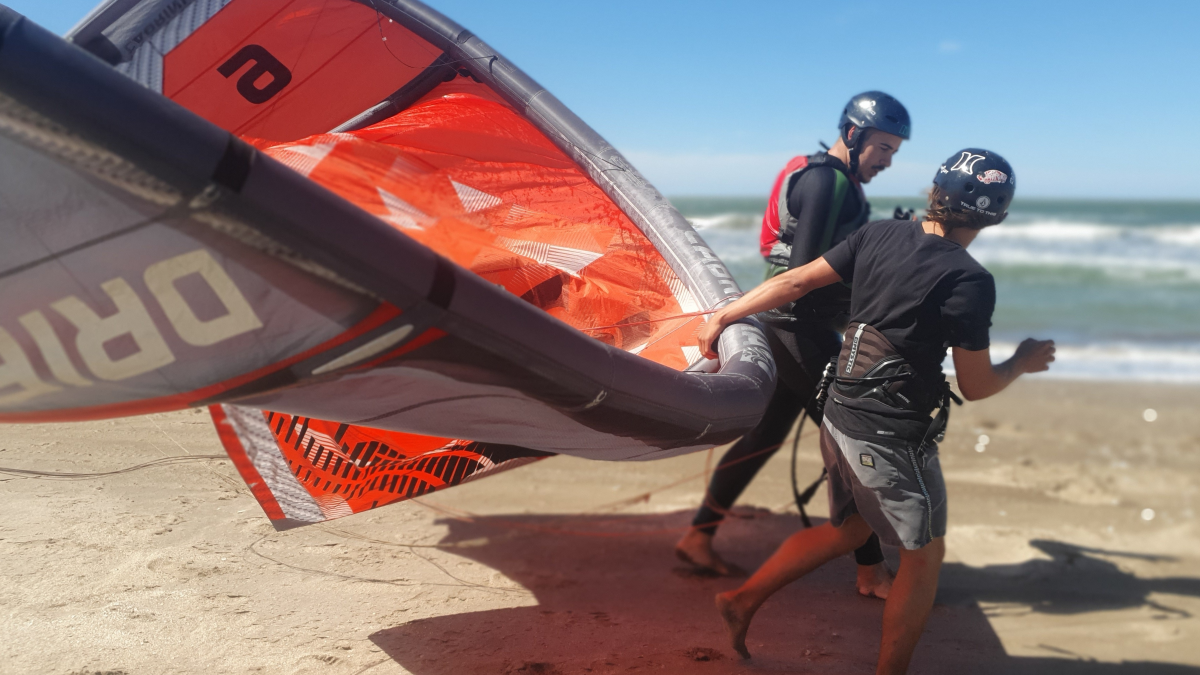
Your kitesurfing gear is your key to success. Master how to set up, pack, store, and repair your kite, manage your lines, and adjust your harness, helmet, and impact vest or buoyancy aid. Knowing and keeping your gear in top shape will boost your confidence and safety.
The IKO Assistant Training Course - ATC will give you all this information and more.
Take Small Steps and Savor Every Win
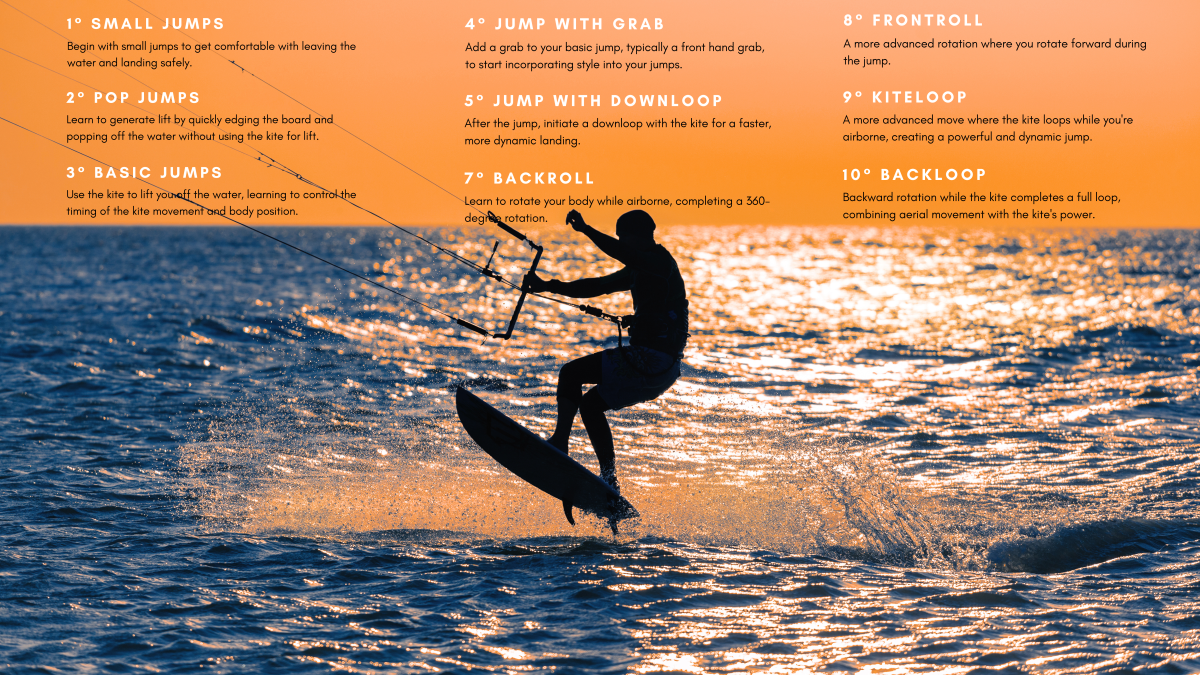
Don’t rush—mastering kitesurfing is a step-by-step process. Focus on one skill at a time and celebrate each small success. This approach ensures steady progress and keeps you motivated and confident.
The IKO Lesson Plan offers a structured guide for constant progress. Each phase builds a strong foundation, leading to continuous improvement. Your IKO certification and Vcard will proudly display your achievements once you’ve mastered the skills.
Find Your Crew: Boost Confidence with a Kitesurfing Community
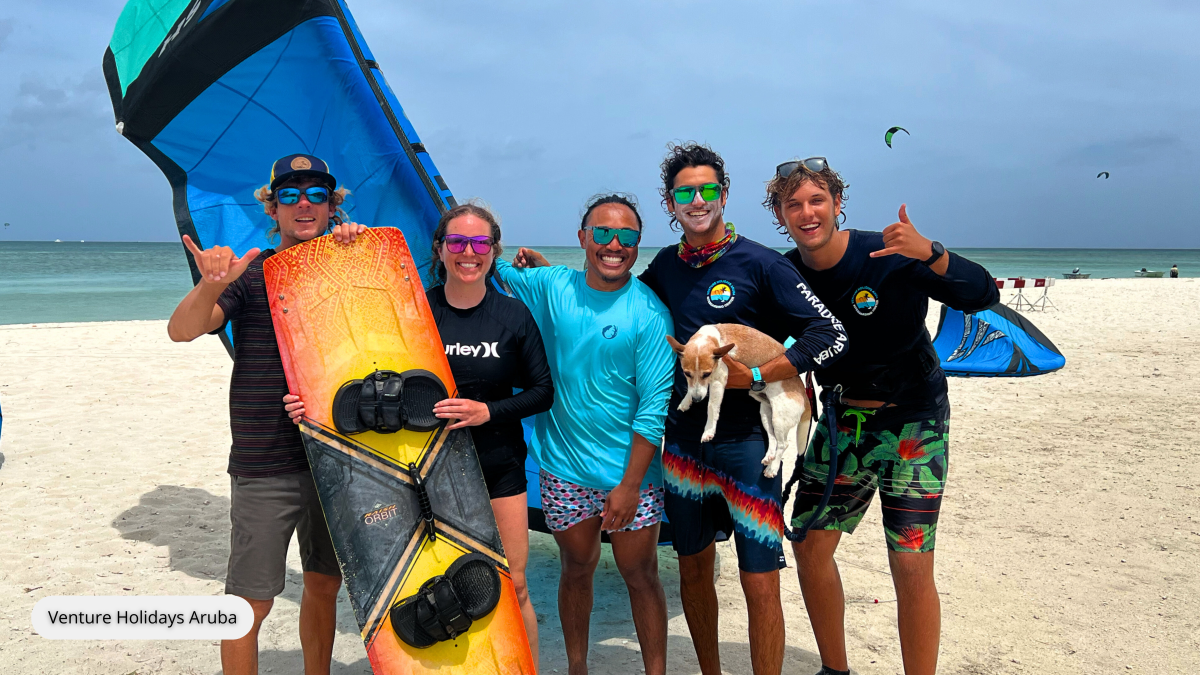
Joining a kitesurfing community boosts your confidence. Share stories, get tips from experienced kiters, and support each other through challenges. You'll also learn beach and water etiquette, ensuring respect and safety for everyone. Connect with the vibrant community through IKO’s Instagram and Facebook, and watch the inspiring videos on the IKOIntl YouTube channel.
Keep Your Head Up: Master Confidence with a Positive Mindset
Your mindset is your secret weapon. Embrace positivity, even when things don’t go as planned. Every mistake is a chance to learn and grow. Don’t let setbacks get you down—it’s all part of the journey. As you overcome challenges, your confidence will soar.
Useful Resources
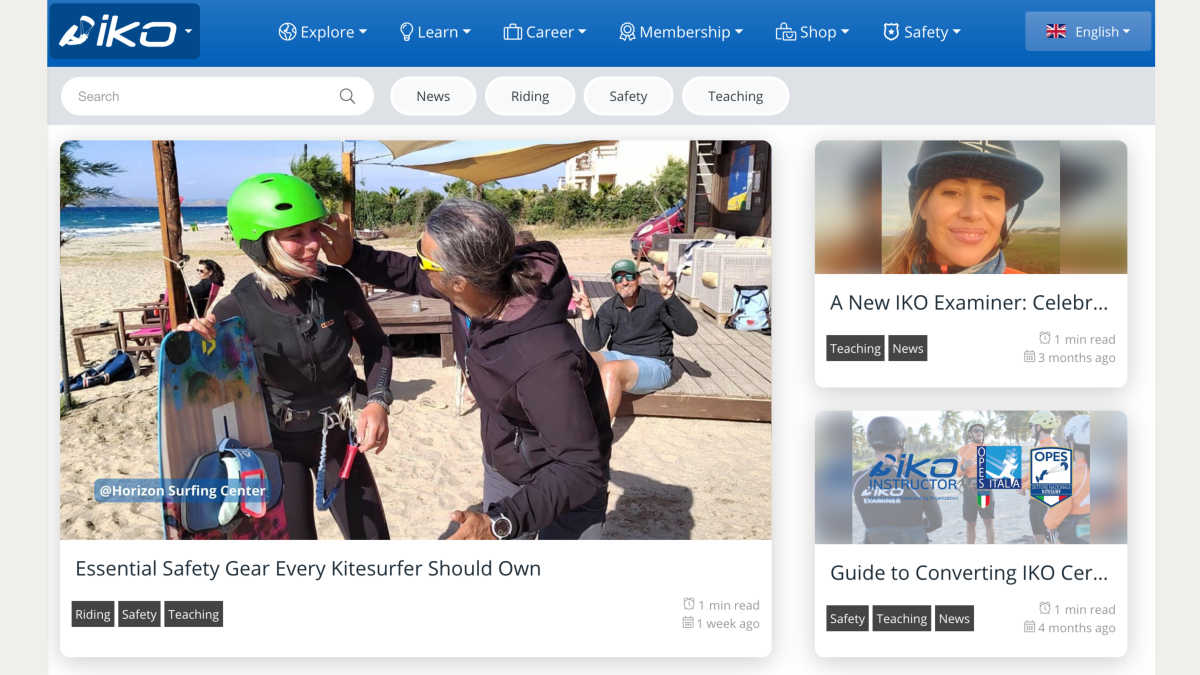
Don’t miss the opportunity to deepen your kitesurfing journey further by reading the IKO blogs.
A must-read is Become a Better and Safer Kiter: Take the IKO Assistant Training Course and Instructor Training Course. Check out the helpful YouTube video that explains the self-rescue procedure, which is essential for every kiter’s safety.
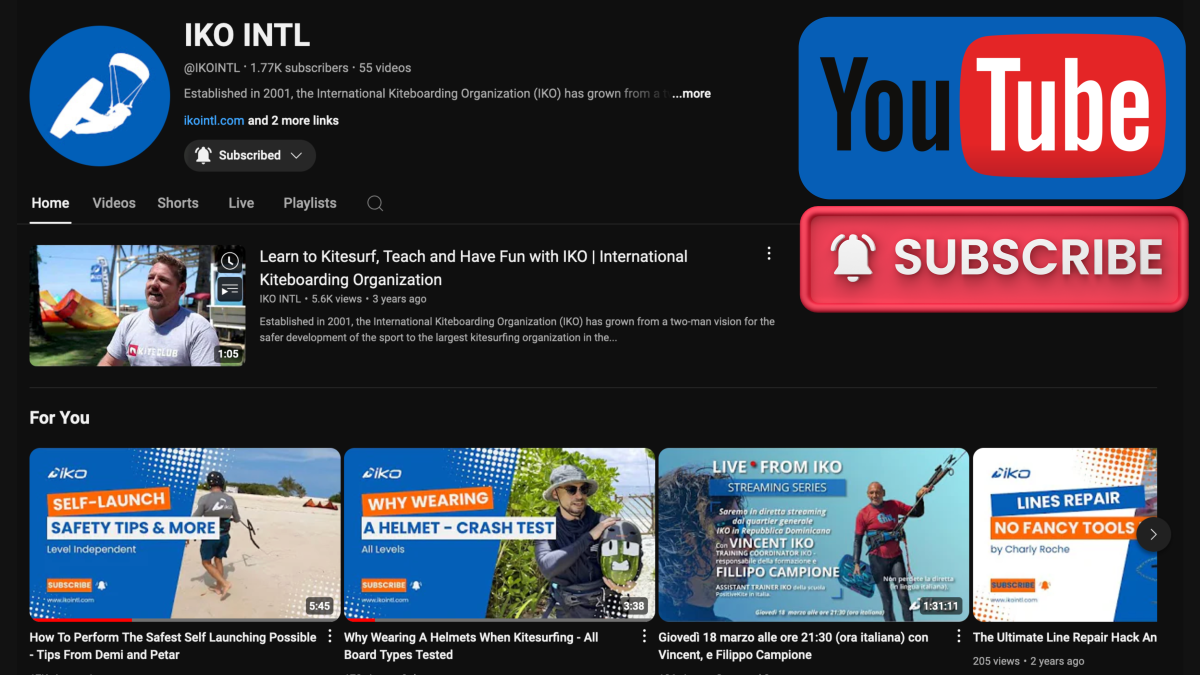
Hey Kiter, Never Stop to Improve Yourself
Building confidence in kitesurfing takes time, practice, and patience. Start with the basics, practice regularly, understand the conditions, and respect your kitesurf level. Enjoy each session and consider the IKO Assistant Training Course (ATC) to enhance your skills. Every kitesurf session brings you closer to becoming a safer, more skilled kiter.
#wearahelmetlikeapro #besmartbesafe #safetyfirst #kitesurfingwithiko
Happy kiting!
Author: Marica Moda
Equipped for any kitesurfing adventure
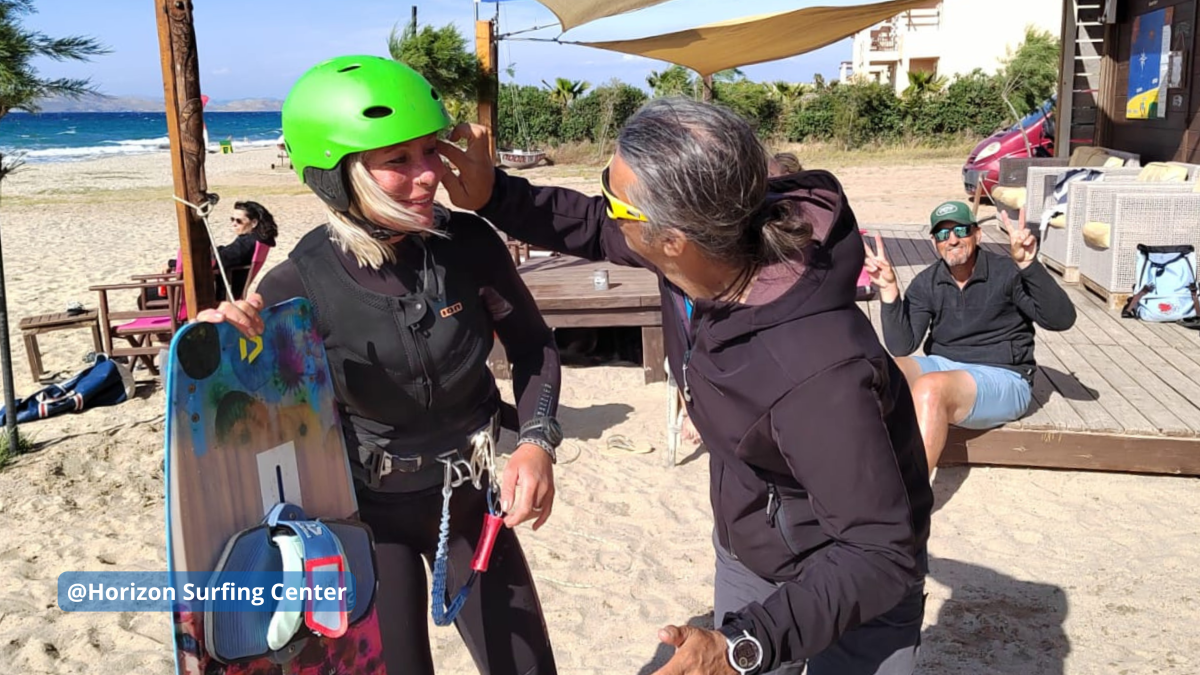
Kitesurfing is pure adrenaline, but like any sport, it carries risks. The proper safety equipment in full working order ensures safe and enjoyable kitesurf sessions; these are good suggestions that IKO wants to give you.
Helmet: Make a Difference by Wearing One.
Ever heard that "helmets are uncomfortable and only for beginners"? It's time to dispel that myth! Your helmet protects you from falls and collisions, whether the water is flat or wavy. Think of the helmet as a shield, like your cell phone cover. It protects you from the sun and defends you during unexpected falls or collisions with the water, your board, or other kiters or obstacles. Kitesurfing helmets are lightweight, comfortable, and designed to withstand hard impacts. They are equipped with drainage holes to prevent the chin strap from causing breathing difficulties underwater and help keep your head afloat if needed.
Helmets are cool and customizable! You can choose vibrant colors, add stickers, or design it to reflect your style. Remember, there's nothing more important than protecting your head. Wear your helmet proudly, just like the pro riders do. Be ready for any adventure.#wearahelmetlikeapro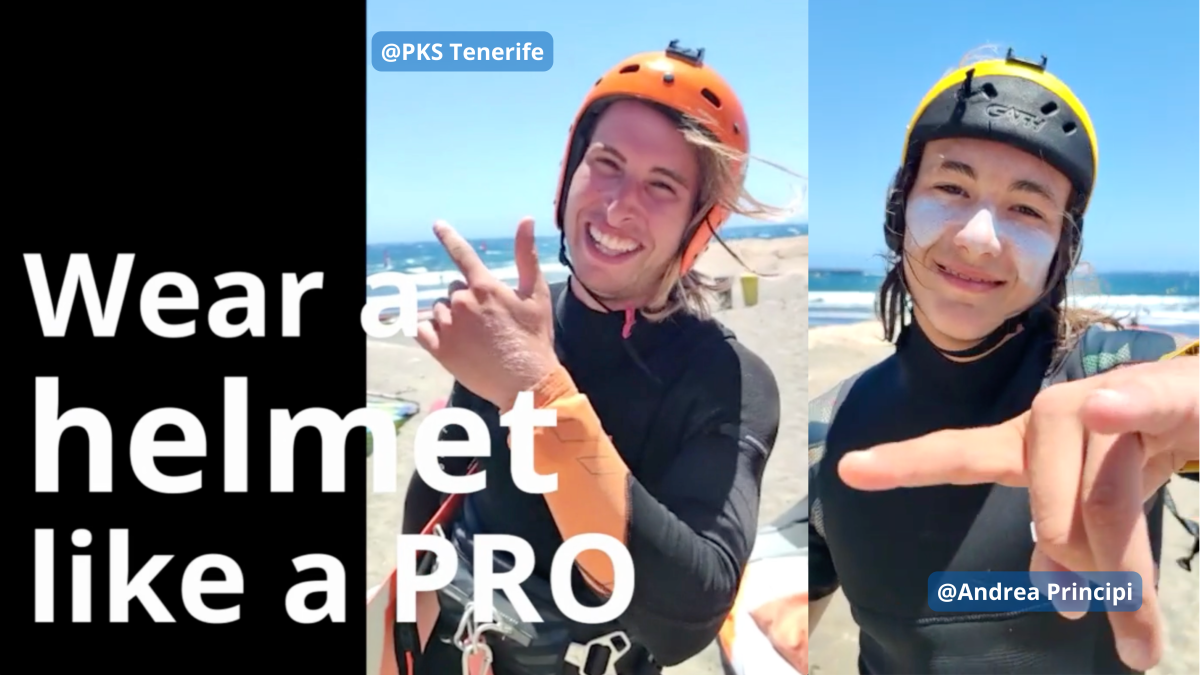
Check out the video on the IKO YouTube channel.
Buoyancy Aid (50 N): Your Protection of Safety
Wearing a buoyancy aid with 50 Newtons (N) during kitesurfing lessons is mandatory when learning with an IKO instructor. This is crucial for your safety. Even in shallow water, unexpected falls can occur. A buoyancy aid keeps your head and torso above water, allowing instructors and rescuers to assist you easily in need.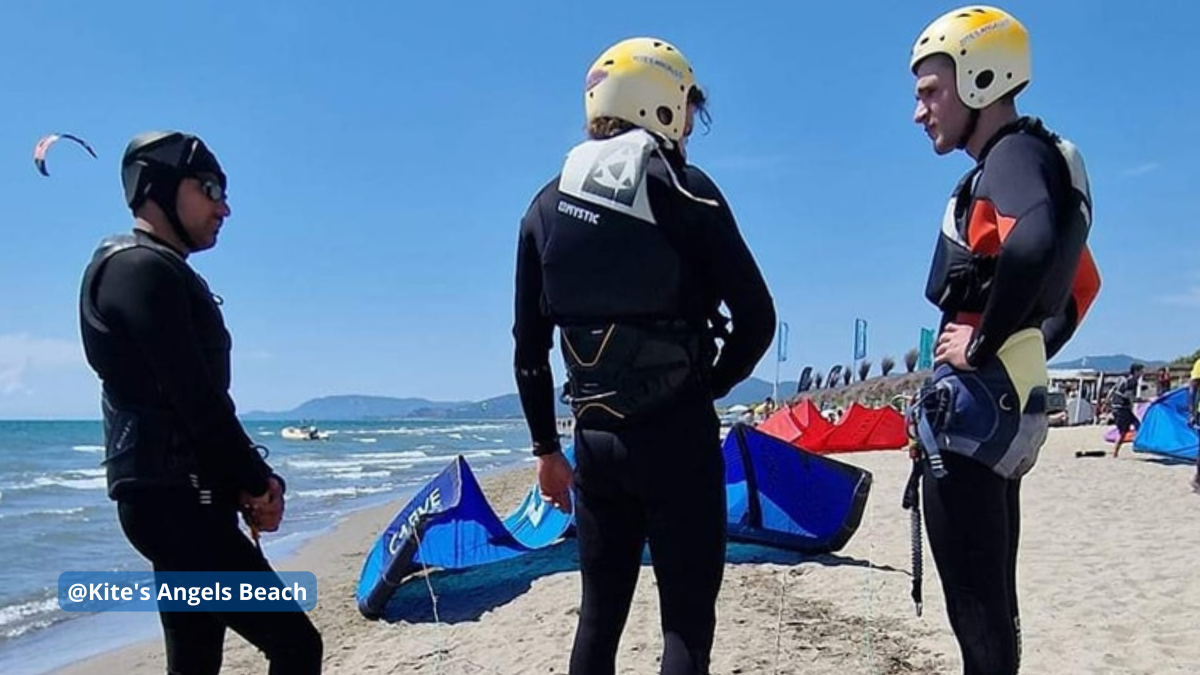
Impact Vest: Everyday Buoyancy Aid
An impact vest provides more agility but less buoyancy compared to a 50 N buoyancy aid. It is called an "impact" vest because it protects you from impacts during falls. While it offers some buoyancy, its primary function is to protect your torso from impacts during jumps, freestyle, or advanced maneuvers with a higher risk and probably hard falls, reducing injuries.
Make sure your vest is well-fitting and comfortable. It should allow you to breathe well without overtightening your rib cage and provide full mobility. This ensures you can perform all maneuvers without feeling restricted.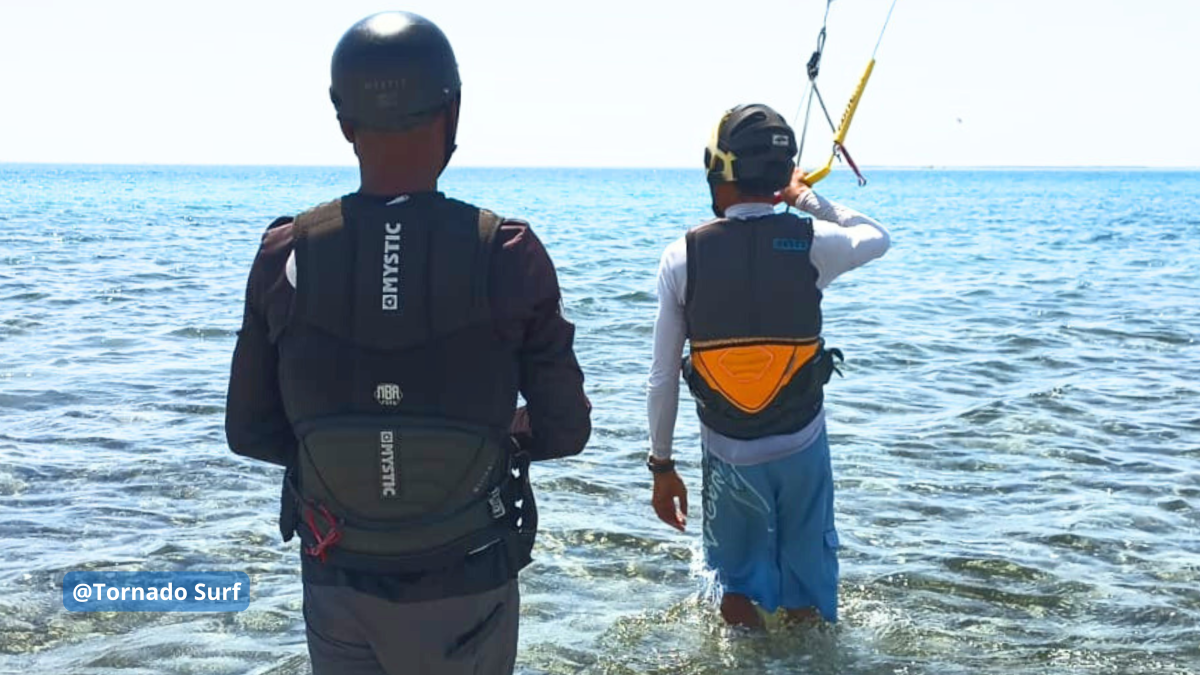
Kite Leash: Your Inseparable Companion
The kite leash is a crucial piece of safety equipment in kitesurfing. According to IKO standards, attaching the kite leash to the front of your harness is essential. This ensures you can easily reach it with both hands in an emergency. Fastening it behind or to one side of the harness can pull you backward or sideways, making it hard to reach the quick-release system.
Attaching it to the front ensures the quick-release system works properly and doesn't snag on your harness hook. Always test the kite leash before entering the water to ensure it is not blocked by salt or sand, including the quick release of the chicken loop. It's better to know it works before you enter the water than to find out in an emergency.
Kite Line Cutter: Your ace in the hole
IKO recommends having a line cutter as part of your safety gear. Keeping it on your harness can turn a dangerous situation into a story to share with friends on the beach at sunset. It’s an investment in safety for you and other kiters in case someone gets tangled in the lines. Be aware that not all harnesses come with a line cutter included. Check your harness to see if it has one, and if it doesn't, make sure to get one separately. Regularly ensure the blade isn't rusted, just as you check your phone's battery before leaving the house.
To prevent the blade from rusting, cover it with candle wax. This will protect the blade from water, salt, and sand, but it will also ensure that if you need to use the line cutter, the wax will quickly come off, allowing the blade to work effectively.
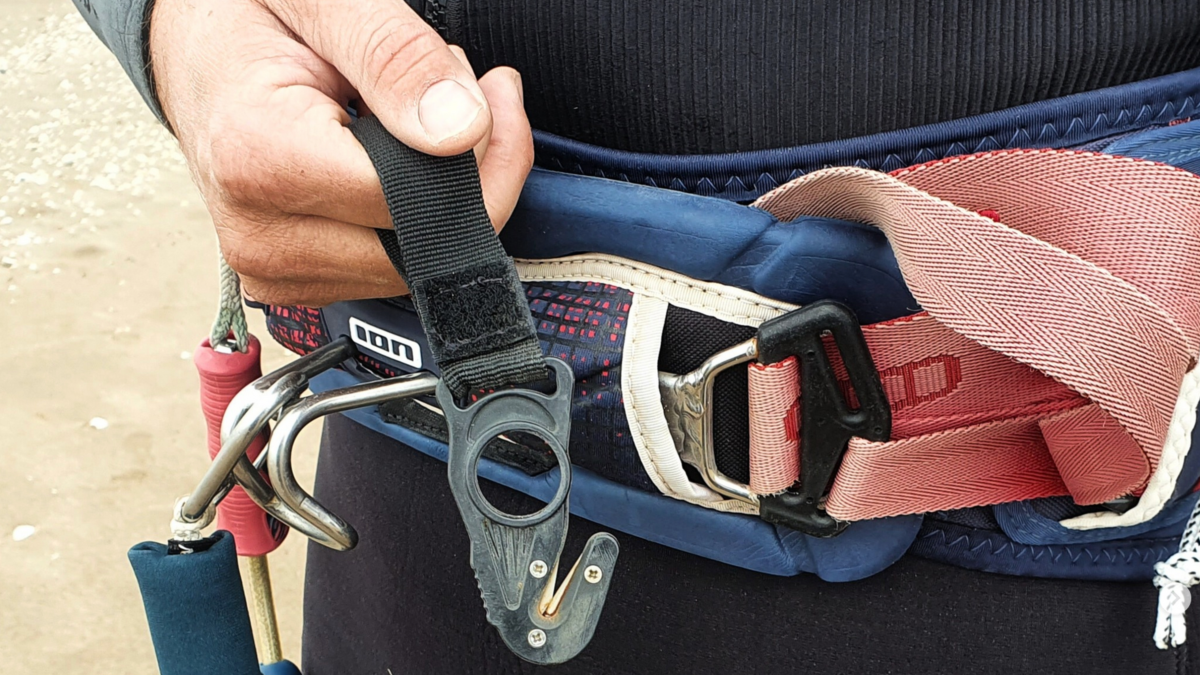
#BeSmartBeSafe
Equipping yourself with the must-have safety gear is about following guidelines and embracing a preparedness mindset and respect for the sport. Your helmet, buoyancy aid, impact vest, kite leash, and line cutter are critical in safeguarding your kitesurfing adventures. They turn potential hazards into manageable risks so you can focus on the excitement of your kitesurfing session. Each item is designed not only to protect but also to enhance your overall kitesurfing experience.
Next time you go kitesurfing, wear your helmet with pride and your buoyancy aid or impact vest confidently, and check that every piece of your equipment is in top condition. You protect yourself and set an example for others in the kitesurfing community.
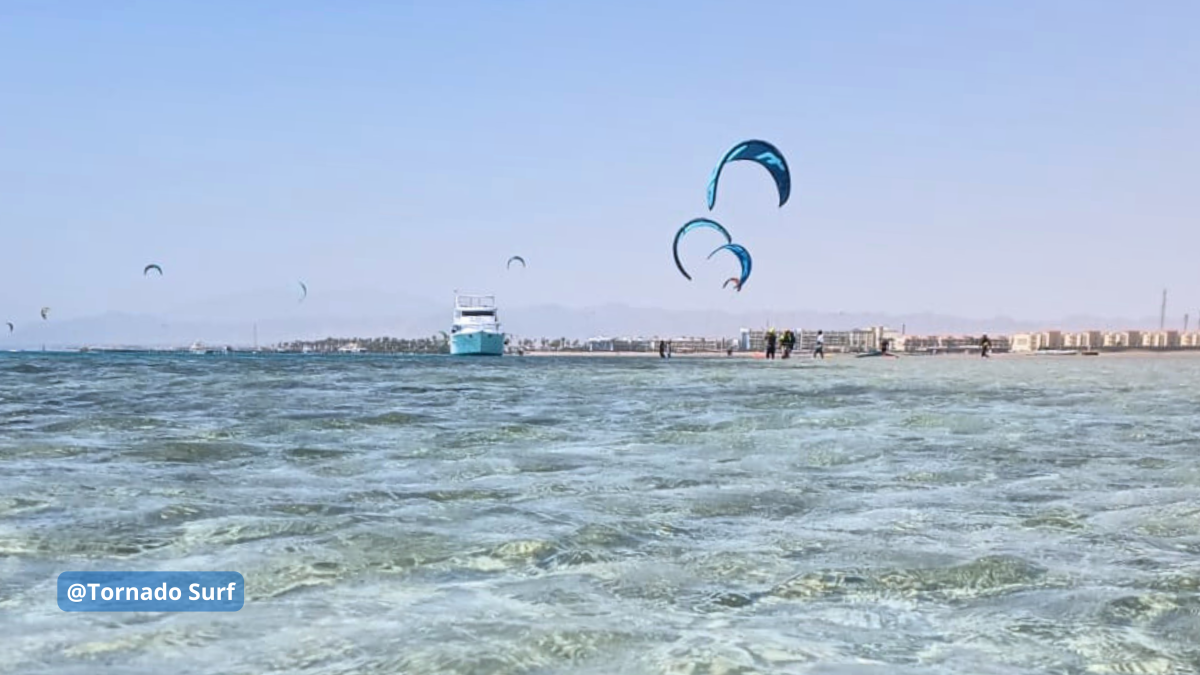
Stay safe, ride hard, and make every session an epic adventure.+
Happy kitesurfing!
#wearahelmetlikeapro #StaySafe #KiteSmart #SafetyFirst
For more tips and safety guidelines, visit the IKO YouTube channel: @IKOintl
Virginie Rochette: A Journey of Passion, Dedication, and Adventure in the World of Kitesurfing.
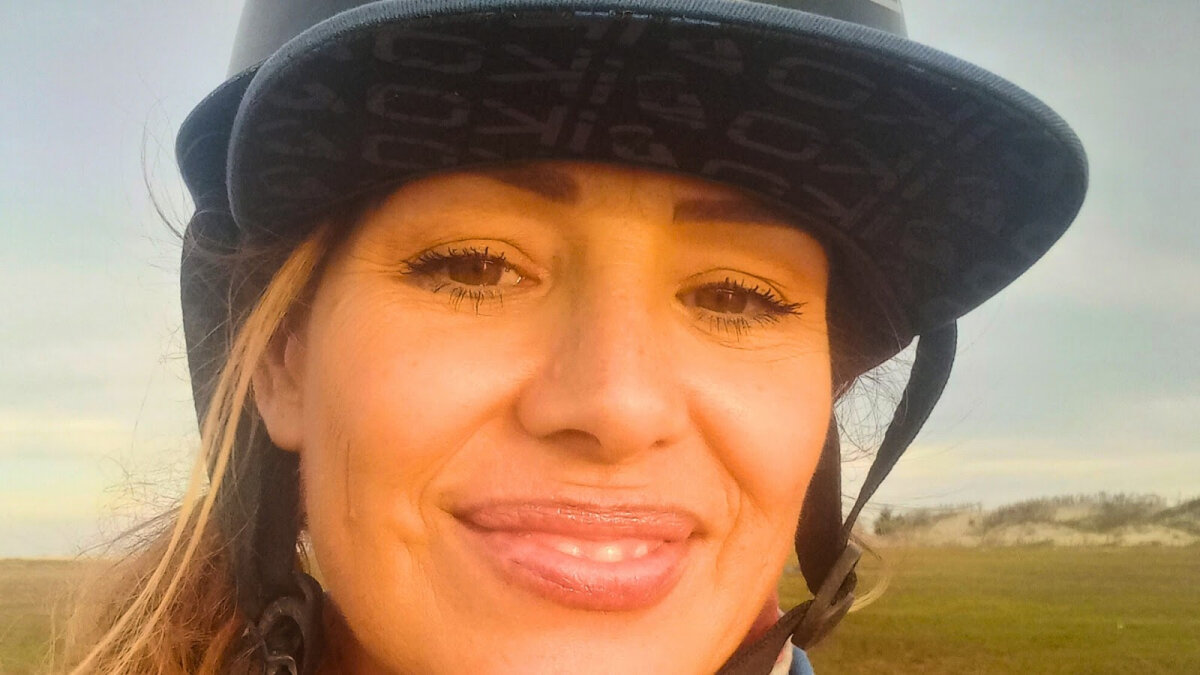
Exploring the World of Kitesurfing with Virginie.
In the dynamic world of water sports, kitesurfing stands out as an exciting sport that connects with nature and offers incredible adventures, attracting enthusiasts from every corner of the globe. Behind the beauty and adrenaline of this discipline often lies a unique personal story, a journey of discovery, teaching, and passion. Virginie, new IKO Examiner, is the perfect example; her story perfectly embodies the fusion of adventure, passion, and dedication. Through her eyes, smile, and stories, we tell you how beautiful and fascinating the world of kitesurfing can be. Let yourself be inspired!
“I have always been a passionate enthusiast of sports, but especially board sports!”
The Virginie's Journey into Kitesurfing.
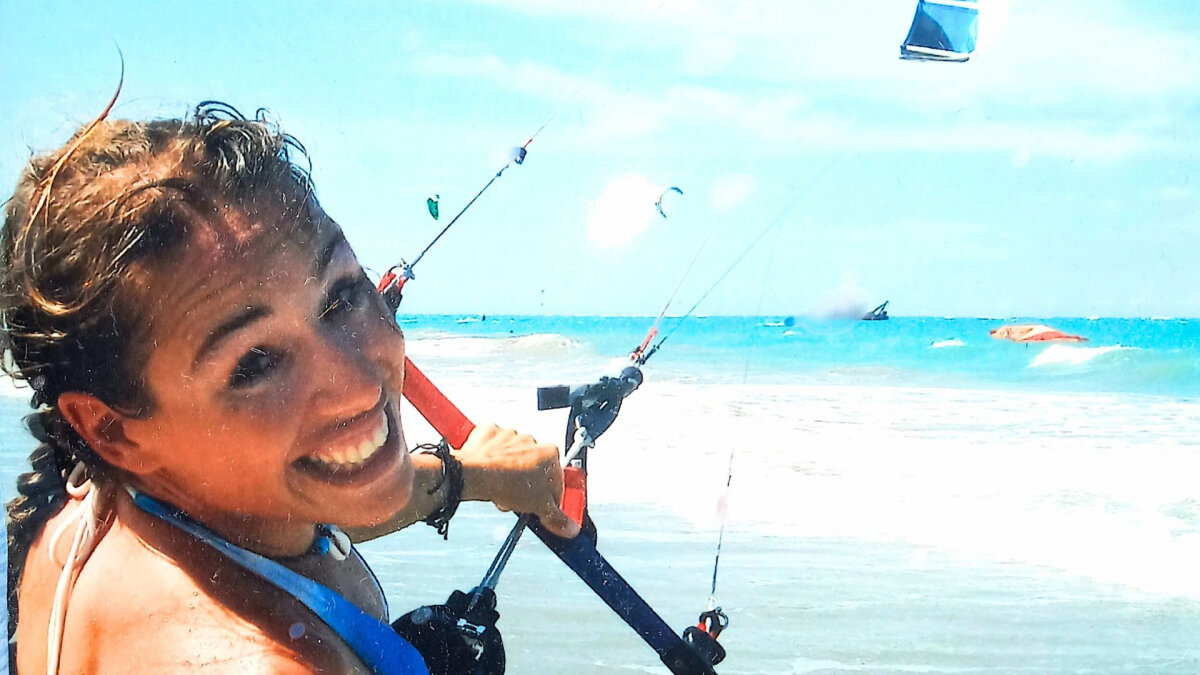
Virginie took her first steps into the world of sports from a young age. Hailing from Grenoble, amidst the majestic French Alps, she cultivated her passion for board sports and nature from a tender age. Her love for snowboarding led her to tackle snowy peaks, while the allure of wind and water drew her towards windsurfing. It was during a day out on the lake, watching her snowboarding friends take up kitesurfing, that the desire to try this new sport ignited within her. Despite warnings from her male friends, who deemed kitesurfing too dangerous for a girl, Virginie embraced the challenge with determination and embarked on her journey into the world of kitesurfing.
“My male friends told me that I was a girl, so I shouldn't try because it was difficult and dangerous. However, their words only further fueled my motivation, and I promptly booked a package of kitesurfing lessons. Hahaha! Back then the equipment was quite different, and I began learning with a 2-line kite and a directional board with foot straps...despite being a beginner, I managed to cross the pond on the first attempt, but I didn't really know how to stop!
The Decision to Embrace Kitesurfing Professionally.
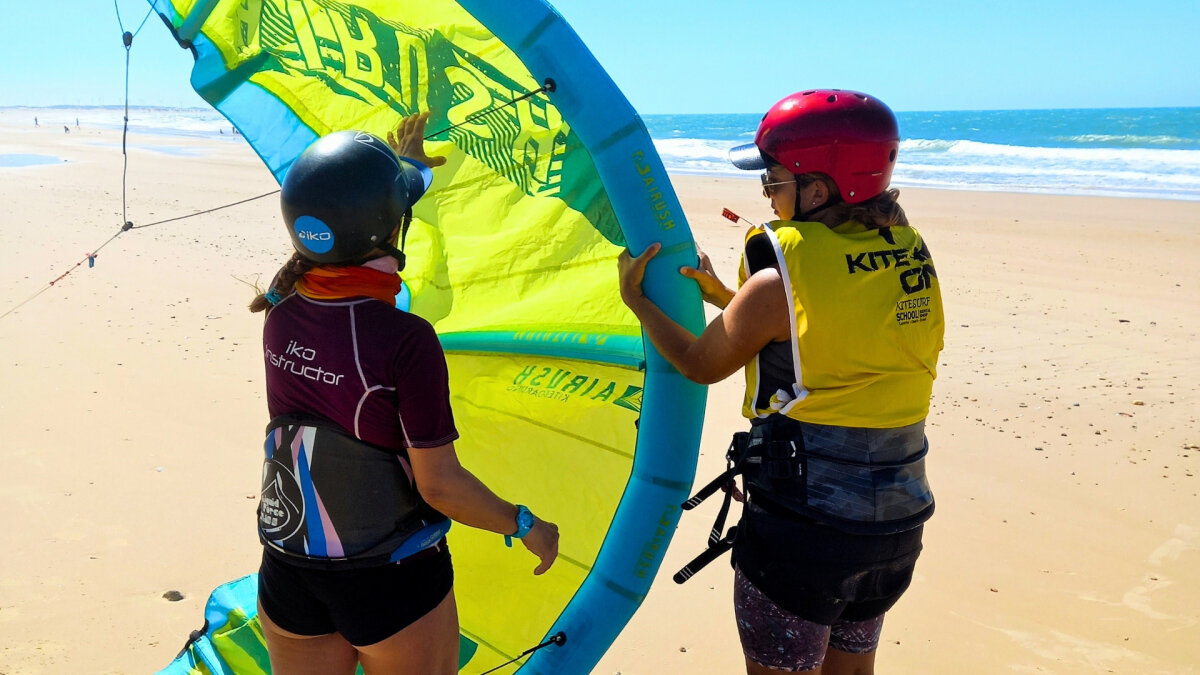
An encounter with a kitesurfing instructor during a trip to Egypt proved to be a pivotal moment for Virginie. Attracted by the idea of turning her passion into a career and with the desire to explore the world following the wind and doing what she loved, she made the life-changing decision to pursue certification as an IKO Instructor.
“I decided to take the IKO Instructor Course (ITC - Instructor Training Course) to see how it was, and then I took one year out of my job to put it into practice and start traveling.”
She traveled the world's coastlines, including those of the Dominican Republic, Venezuela, Brazil, and Cape Verde, immersing herself in diverse cultures, encountering new challenges, and accumulating invaluable experiences along the way.
From Passionate Kiter to IKO Examiner.
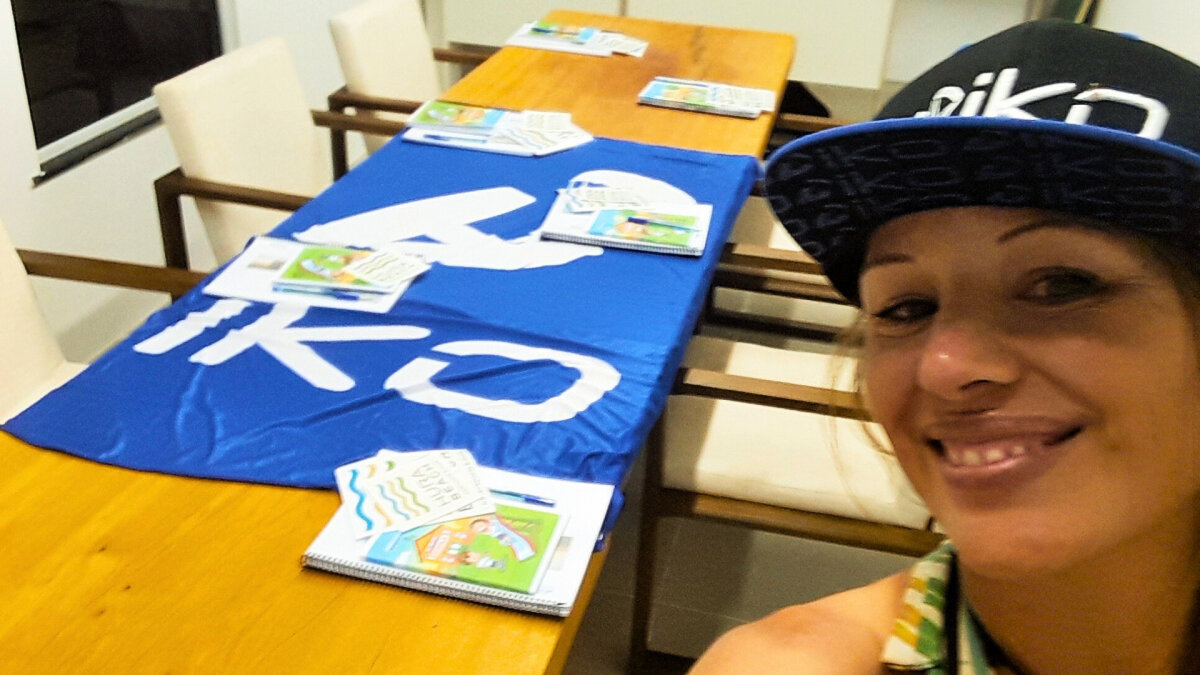
After years of teaching and dedicating herself to kitesurfing, Virginie achieved a new milestone by becoming an IKO Examiner. Her journey to this prestigious role was marked by challenges and sacrifices, but also by unwavering determination; for this reason, it was even more satisfying. From managing a kitesurfing school in Brazil to organizing IKO professional courses, Virginie has demonstrated extraordinary passion and commitment to promoting and developing kitesurfing.
“It hasn't been easy; it's been a long and difficult process, with hours and hours of study and training. But it was worth it, and now I’m looking forward to putting all this knowledge into practice on my own!”
Promoting Kitesurfing in Brazil and Beyond.
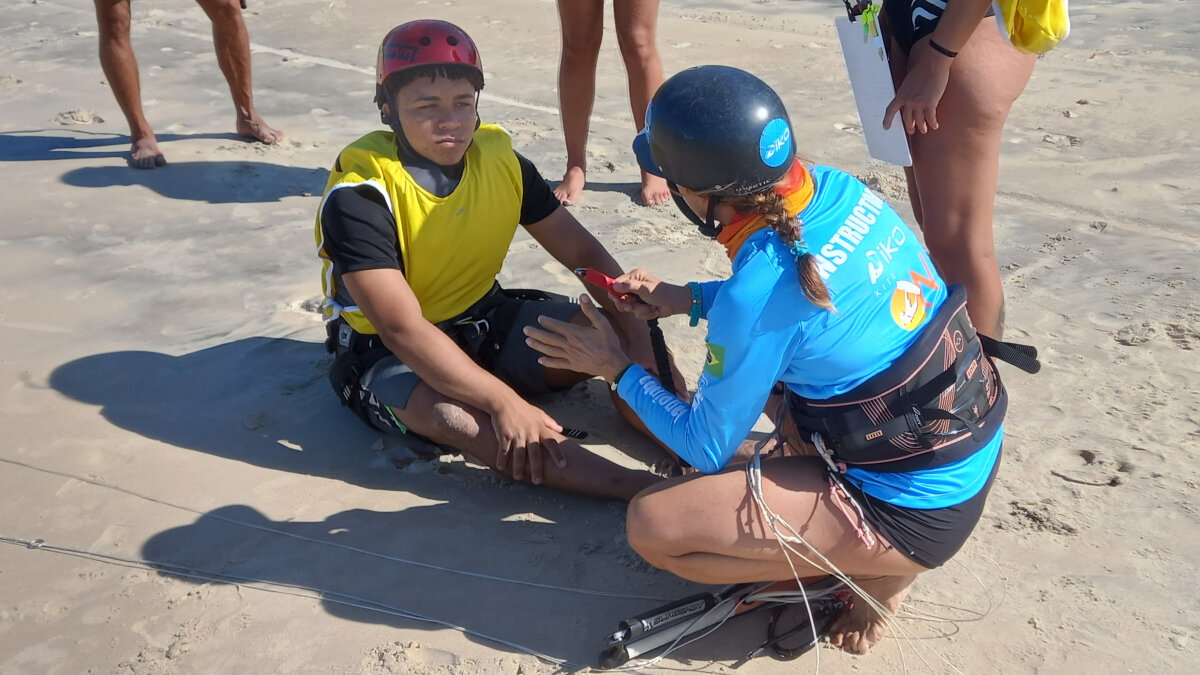
As an IKO Examiner, Virginie aims to promote and advance the sport of kitesurfing, focusing particularly on her efforts in Brazil, where she strives to foster its growth and development within the local community. In a country with many kitesurfing schools and instructors, her goal is to maintain high standards of education and safety, motivating potential kiters to obtain IKO certification. Leveraging her experience and dedication, Virginie aims to cultivate new kitesurfing enthusiasts and encourage female involvement in this captivating sport. Additionally, she aims to tackle the challenges faced by Brazilian kiters who encounter economic and logistical obstacles in their journey to become IKO Instructors.
"Sometimes it can be difficult for them to envision their future, plan their time, and investment, so I’m providing various payment and organization solutions."
Thrilling Moments and Adventures as an IKO Instructor.
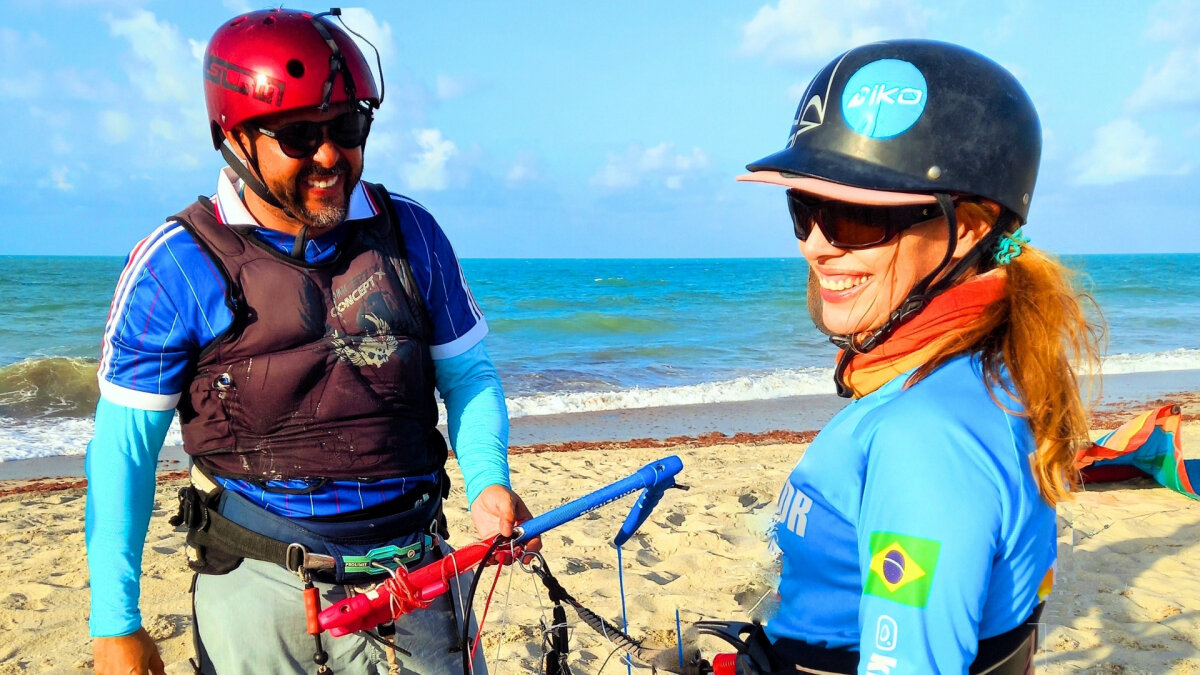
Throughout her journey as an IKO Instructor, Virginie has experienced many memorable moments. 'I have a lot of stories!' she exclaims, with many students leaving a lasting memory. However, what truly brings her satisfaction in her work is witnessing her students progress in kitesurfing, especially when they start with no experience. After all, seeing their excitement as they conquer new skills and overcome challenges is the ultimate reward for her dedication and passion. This is one of the most beautiful things for an IKO Instructor, this is the #ikoinstructorlifestyle.
Unraveling Lagoinha: A Kitesurfer's Paradise in Ceara, Brazil.
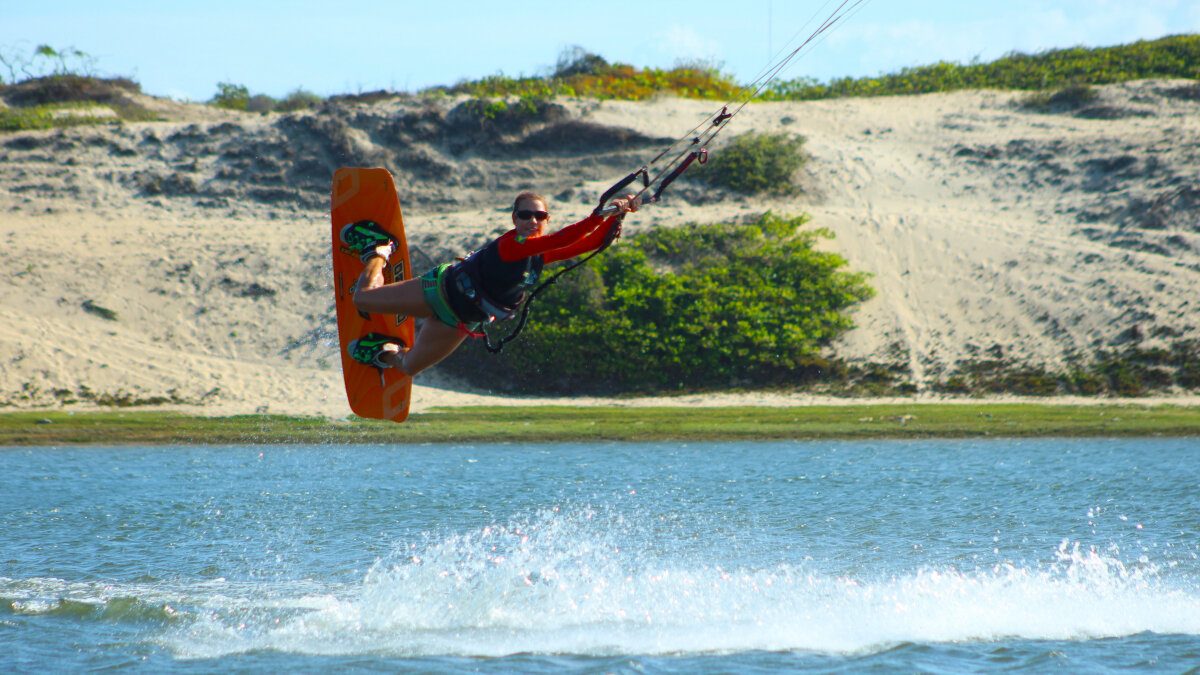
For Virginie, Lagoinha in Ceara, Brazil, represents the perfect spot for kitesurfing. With its vast pristine beach and the tranquility of Jegue Lagoon, it provides a picturesque environment for kiters of all levels to enjoy exciting kitesurfing sessions and moments of peace in nature.
“My favorite spot is, of course, Lagoinha in Ceara, Brazil, where I live. It boasts a vast and uncrowded beach with stunning scenery, including the picturesque Jegue Lagoon. This lagoon offers buttery flat, shallow freshwater and enjoys a consistent wind for seven to eight months of the year. It's ideal for teaching and practicing unhooked freestyle, my favorite discipline. In the tranquil waters, there are usually few other kiters at the end of the day, with approximately ten hours of wind and sunshine daily. The natural landscape is breathtaking, especially during sunset when you may be fortunate enough to witness both the sun setting and the moon rising simultaneously—a truly unforgettable experience!”
Virginie's Perspective: The Thrills and Challenges of Becoming an IKO Instructor.
Virginie believes that becoming an IKO Instructor is an incredibly rewarding experience. For her, the job is not just a source of income but an opportunity to live her passion, meet different people, and create special bonds. She believes that teaching kitesurfing can truly change the lives of students and loves the idea of sharing her knowledge in paradisiacal locations around the world. Despite the difficulties and challenges inherent in being an IKO Instructor, Virginie firmly believes that this profession offers unparalleled opportunities for both personal and professional growth.
"Especially for women, kitesurfing doesn't necessarily require strength or weight; it's more about technique (and good lessons from the beginning). Of course, you have to be (or become) a sporty person, but it's more accessible than it seems, and women make excellent IKO Instructors. We generally have a natural compassion for our students, patience, and professionalism, which are essential for this job (often we have more of it than men). We must establish ourselves from the start by being pragmatic and professional, teaching both men and women.
The world of kitesurfing needs more female IKO kitesurfers, assistants, instructors, coaches, and Assistant Trainers, and I hope that my new status as an IKO Examiner inspires more women to follow in my footsteps!"
Exploring the Essence of Kitesurfing: Virginie's Journey.
Virginie's journey into the world of kitesurfing is a captivating exploration of passion, determination, and adventure. Through her story, we can grasp the essence of this fascinating sport and its ability to transform lives and inspire future generations. Whether teaching beginners or examining aspiring IKO Instructors, Virginie continues to embody the core values of IKO Instructor: passion, safety, and dedication to her craft.
Author: Marica Moda
How IKO Instructors Can Convert Their Certification with OPES (Organization for Sports Education) Recognized by CONI (Italian National Olympic Committee).

Guide to Converting IKO Kitesurf Instructor Certification to OPES/CONI Certification - Sailing Instructor, discipline DV005 - Kiteboarding, according to the requirements of the National Sports Qualifications System SNaQ.
IKO assists you in navigating the steps to obtain the dual certification IKO - OPES/CONI and pursue the profession of Kitesurf Instructor in Italy.
Why obtain the dual certification IKO - OPES/CONI?
The conversion opportunity is open to all certified kitesurf instructors, whether Italian or foreign, working in Italy. Its aim is to improve the quality of sports education and ensure greater professionalism and economic fairness in the world of kitesurfing.
This dual certification ensures that kitesurf instructors have the necessary skills to teach effectively and safely, offering the opportunity for regular employment within sports associations and/or kitesurf schools, and ensuring stable income and associated labor rights.
CONI, OPES, and IKO together in Promoting Sports in Italy.
The Italian National Olympic Committee (CONI) is the national body responsible for the promotion and organization of Olympic sports.
OPES (Organization for Sports Education) is a sports promotion organization recognized by CONI. It collaborates closely with CONI and international organizations like IKO (International Kiteboarding Organization) to promote physical education and sports in Italy.
OPES is committed to converting IKO Kitesurf Instructor certifications to OPES/CONI certifications and recognizes the teaching provided by IKO as of a high standard. Thus, OPES enables the conversion of instructors' diplomas issued by IKO Examiners into OPES/CONI diplomas.
This collaboration is essential to ensure a professional and safe sports system for all.
Towards a Safer and Professional Sports Future: Optimism and Collaboration between IKO - OPES/CONI.
The goal is to improve the quality and safety of sports education in Italy, building a more solid and professional future for the kitesurfing world in Italy, in compliance with local regulations.
Thanks to the collaboration between IKO and OPES/CONI, the procedure for converting the IKO certification to OPES/CONI certification is straightforward, affordable, and can be carried out by all IKO Instructors wishing to work in kitesurf schools in Italy that are part of the same association.
Do you want to become an IKO Instructor and work in Italy? Here's how your IKO certification will be converted into an OPES/CONI certification.
The procedure to obtain the dual certification is as follows:
- At the end of the IKO course ITC (Instructor Training Course), the organizer will compile a form with the data of instructor candidates who have successfully completed the course, qualifying as IKO Kitesurf Instructors Level 1.
- The form will be countersigned by the course's responsible IKO Examiner.
- The form will be sent to the OPES central membership office, which will issue the certifications at a cost of €25.00 per diploma.
- All candidates who successfully complete the IKO Instructor Course - ITC L1 will receive the National Diploma as Kitesurf Instructor OPES/CONI - Sailing Instructor, discipline DV005 - Kiteboarding, according to the requirements of the National Sports Qualifications System SNaQ.
If you are already an IKO Instructor, Italian or foreign, and want to work in Italy, here are the steps to follow.
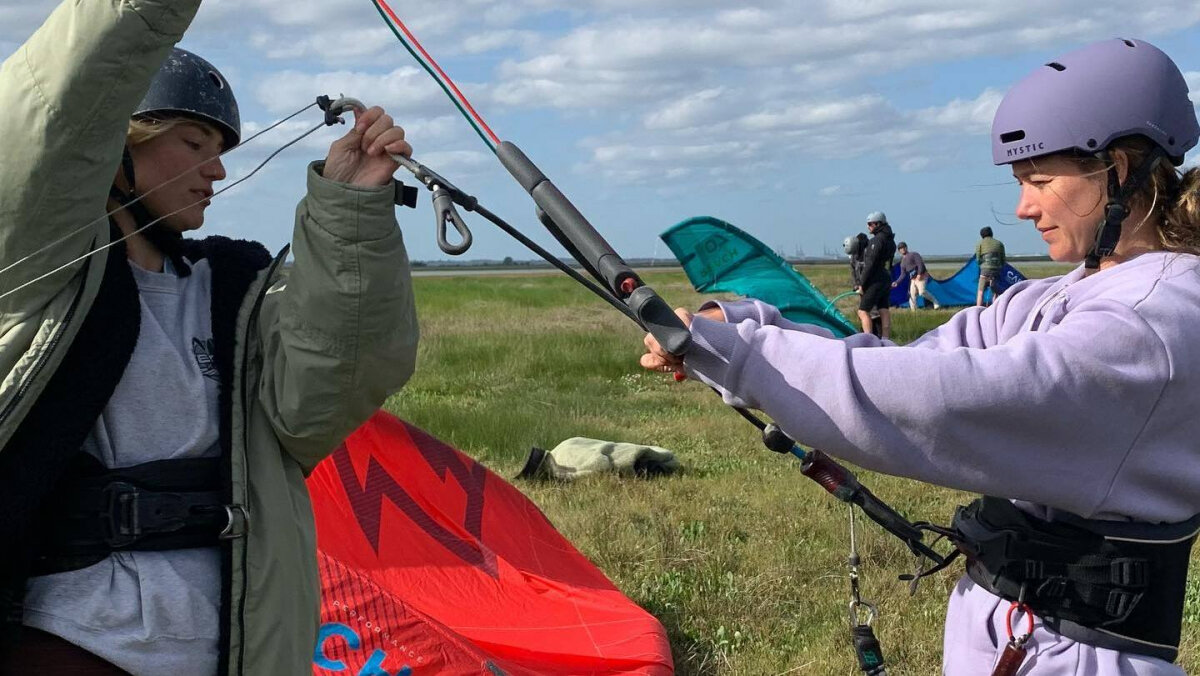
For already certified IKO Instructors who want to work in Italy, it is possible to directly request the conversion of their IKO Kitesurf Instructor certification from OPES/CONI, obtaining the National Diploma as Kitesurf Instructor OPES/CONI - Sailing Instructor, discipline DV005 - Kiteboarding, according to the requirements of the National Sports Qualifications System SNaQ.
The procedure requires filling out a form, paying an annual fee to OPES/CONI, and submitting the necessary documentation. Once the conversion is completed, the OPES/CONI certification will be issued.
The steps to follow are:
- Fill out the conversion application form downloadable from the IKO/OPES website. You can find the request form here: OPES/IKO Conversion.
- Attach your IKO Kitesurf Instructor certification to the email.
- Attach the receipt of payment of the annual fee paid to OPES/CONI, currently €15.00: payment to be made by bank transfer to O.P.E.S. - Organizzazione Per l’Educazione allo Sport - Via Salvatore Quasimodo, 129 – 00144 ROME.
- Cod IBAN: IT11L0538703208000001088781 – BIC/SWIFT: BPMOIT22XXX
- Banca Popolare dell’Emilia Romagna
- Specify in the reason for payment: "conversion IKO/OPES name and surname".
- Send all documentation to the following email address:
- OPES/CONI will issue the new certification.
It should be noted that the OPES/CONI equivalence applies only to IKO Instructors with a valid certificate. If the IKO certificate has expired, the OPES/CONI equivalence will not be valid, but you can attend an IRC course (Kitesurf Instructor Reinstatement Course) for reinstatement.
The agreement, in force since 2020, has an annual duration and is tacitly renewed in the following years.
The national contact person for OPES/CONI for maintaining relations with IKO is Andrea Frateiacci.
Some Italian IKO Centers offer certification conversion to their instructor candidates.
To facilitate instructor candidates, some Italian IKO Centers offer to cover the cost of converting the IKO - OPES/CONI certification for their candidates, including it in the cost of the professional ITC course (Instructor Training Course).
To ensure that the certification conversion is included, contact directly the IKO Center where you will attend the professional instructor course (ITC - Instructor Training Course).
Joint Commitment.
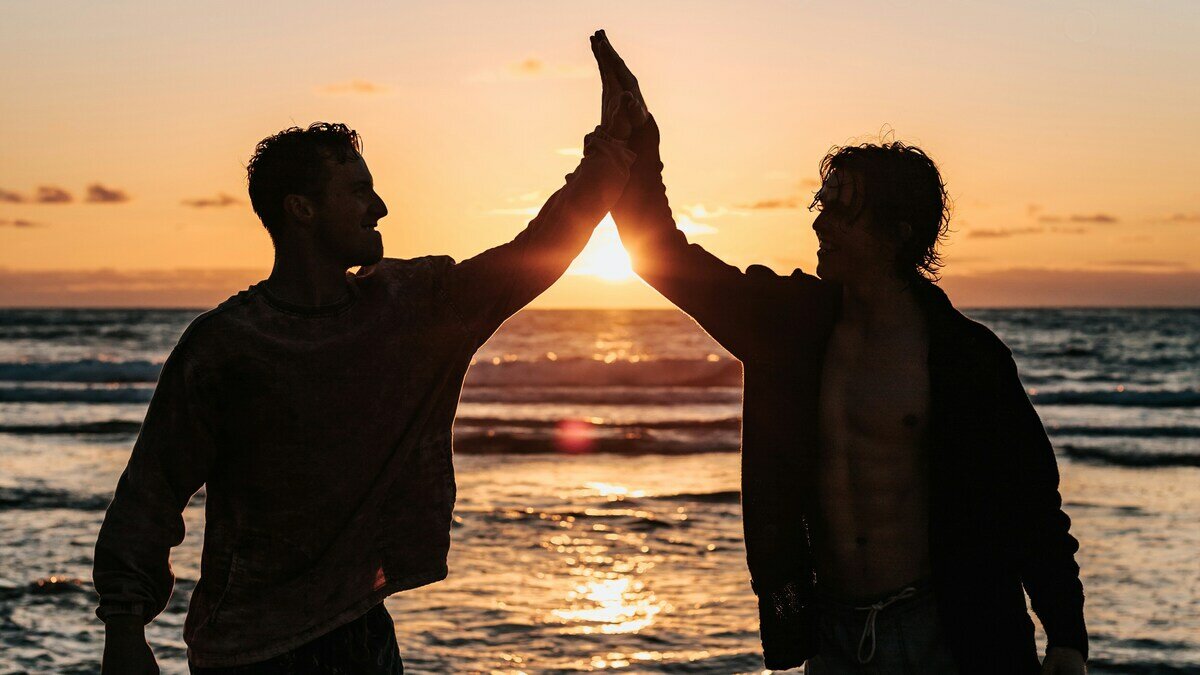
This collaboration represents a significant step towards a safer, more professional, and fairer sports future for kitesurfing in Italy.
This joint commitment to excellence in sports education reflects the determination to promote high standards in the sector, ensuring a professional and safe environment for all kitesurfing enthusiasts in Italy.
Author: Marica Moda
How to make a theoretical kitesurfing lesson interesting.
You are a good instructor if you are good at teaching. It sounds like a silly concept, but therein lies the essence of our profession.
To teach means to present and provide information or instructions in a manner that suits the learning abilities of others, while also adding passion and creativity to the process.
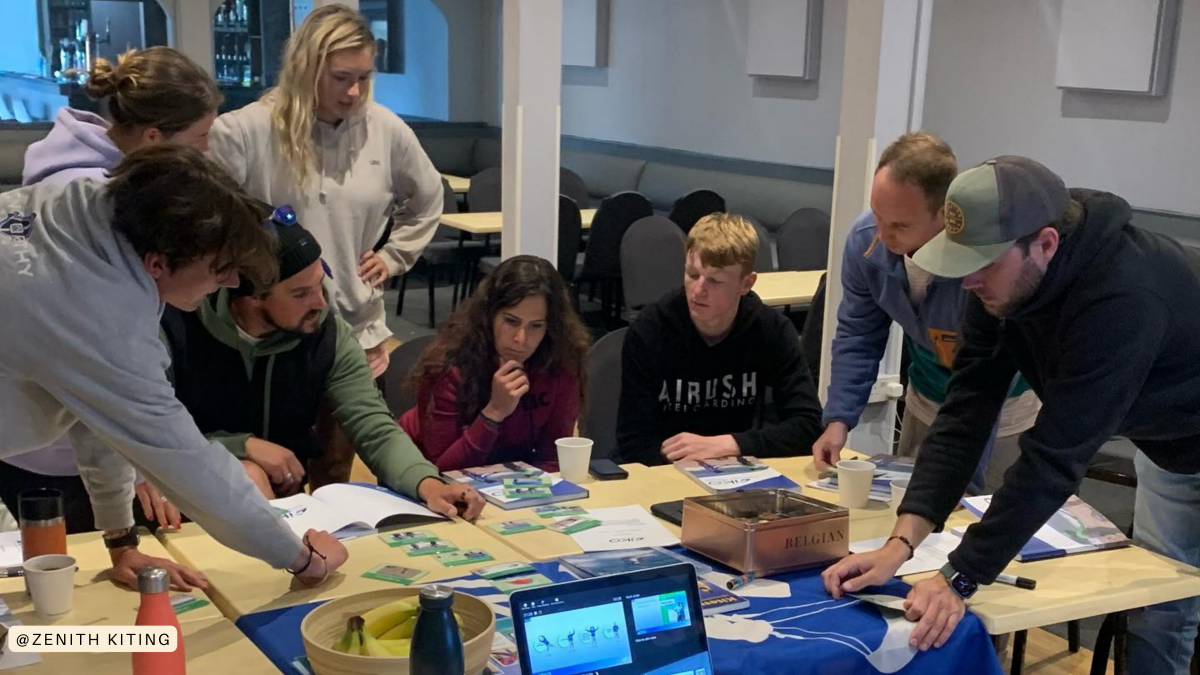
Knowing "what to teach" doesn't mean knowing "how to teach" it.
If you are an IKO Instructor, you must understand that it's not sufficient to only know how to kitesurf; you must train yourself and be focused on teaching techniques to address "how to teach" the theoretical part, not just the practical aspect.
To be a good instructor, it’s necessary to explain both topics well. For a student, the theory of kitesurfing is an essential part of the learning process as it helps them understand the principles and techniques behind the sport.

We want to give you some tips on teaching a kitesurf theoretical class.
Here are some steps you can follow to teach theory to your students effectively, to keep the quality of your lessons high, and give you the tools you need to be a successful instructor of kitesurfing theory.
The better you are, the more KISS - Keep It Short, Simple, and Fun you will be!
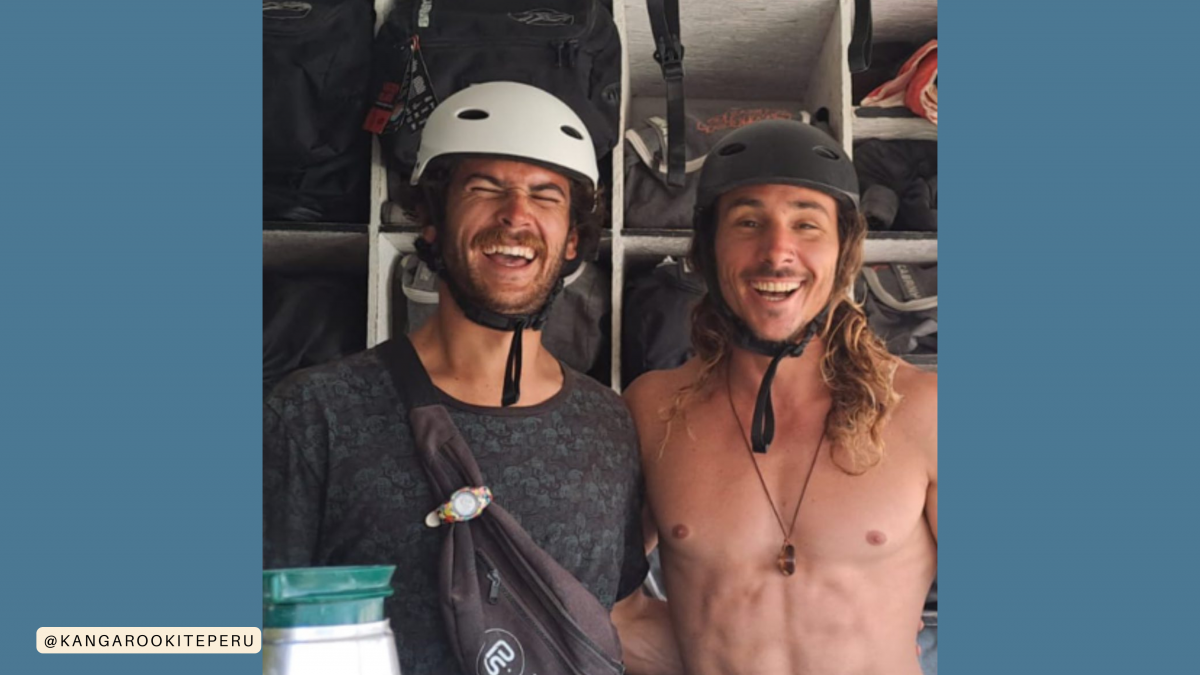
Prepare a lesson plan you will follow, but use it only as a guideline.
Plan the lesson beforehand,but be ready to adapt and modify the plan during the lesson if necessary.
- Take notes on the topics you will cover.
- Don't write a script, just the key points that you will then go into more detail.
- Prepare all the necessary equipment.

What does a theoretical class need to include?
- Introduction: Describe what the objective of the lesson is and why it’s important.
- Feedback: Ask your students what they already know about the topic.
- Key points: Include 3 or 4 important points for students to remember at the end of the lesson. Use them in the introduction, during the lesson, and at the end to summarize.
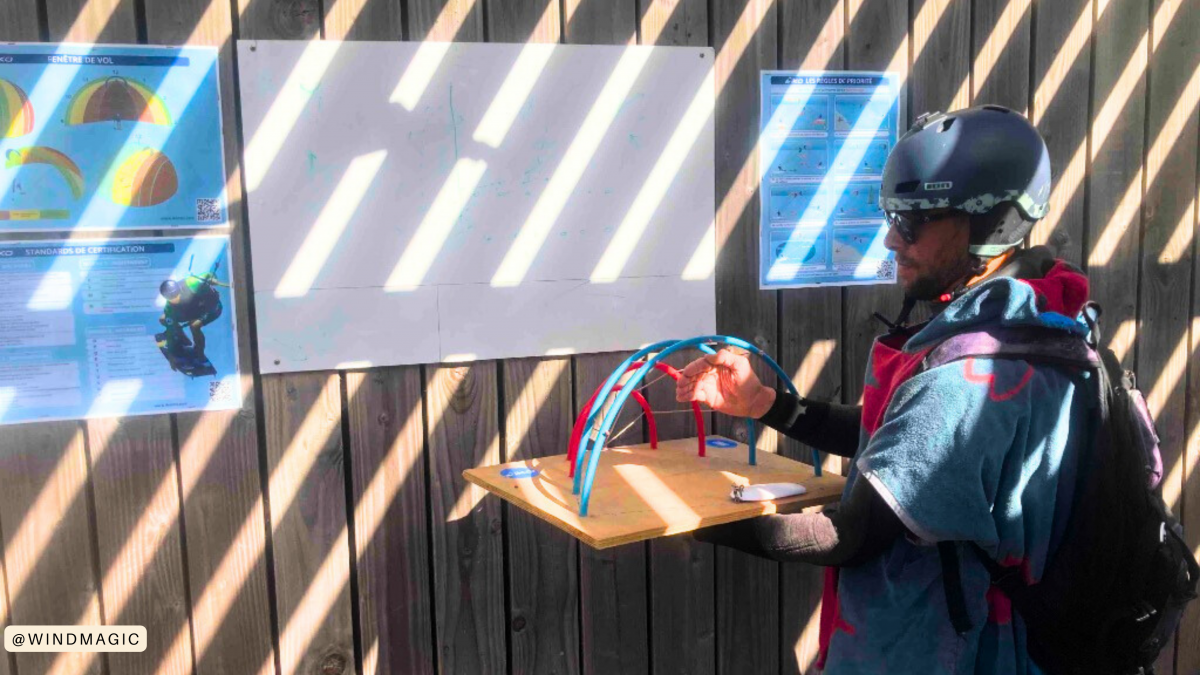
Your communication skills are very important.
Creativity is the key to being a good instructor during a theory lesson.
- Speak loudly (but not too loudly) and clearly.
- Don't speak monotonously; instead, moderate your tone and change your voice according to your explanation.
- Maintain eye contact.
- Consider the cultural aspects of your students and respect them.
- Use different communication channels.
- Use various tools such as computers, smartphones, whiteboards, sandy beaches, 3D models, and simulators - large or small. Give your creativity free rein..
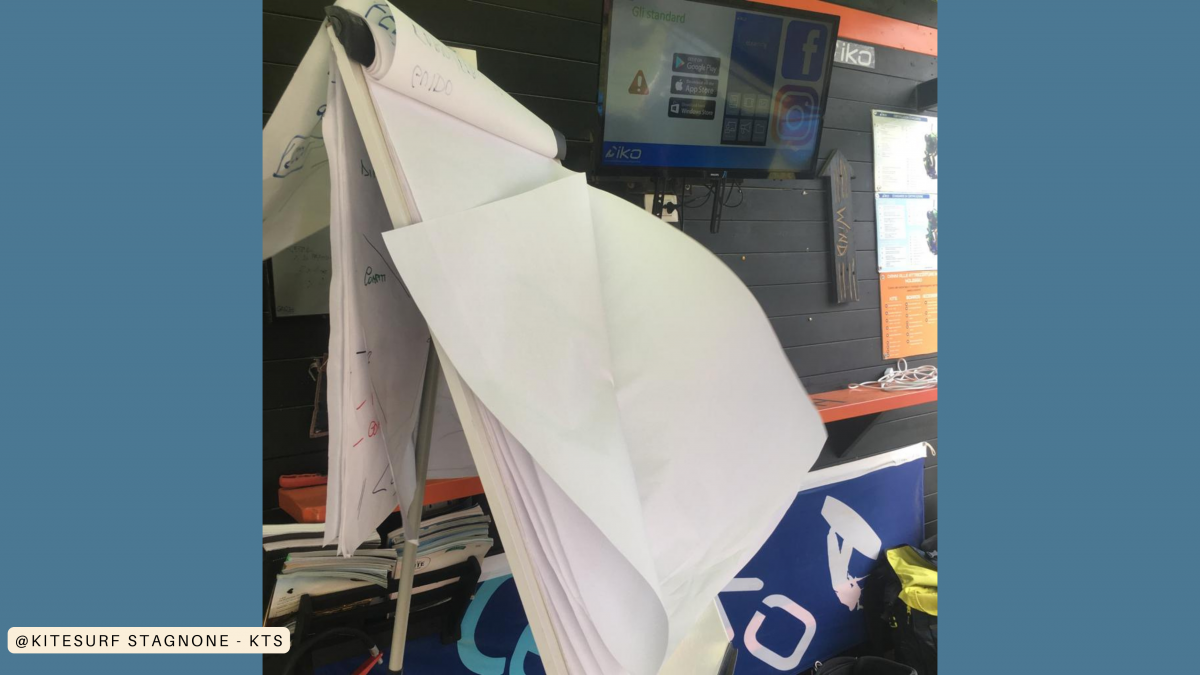
Interact with your students.
- Involve your students in the lesson to keep them engaged and focused.
- Avoid asking closed-ended feedback like, "Do you understand?" - "Yes/No." Let them explain what they understood in their own words and provide constructive feedback to help them improve their skills.
- Encourage your students to continue learning and exploring the sport even after the first lessons. Offer them resources such as instructional videos, apps, ebooks, and websites, where they can further enhance their understanding of kitesurfing theory.
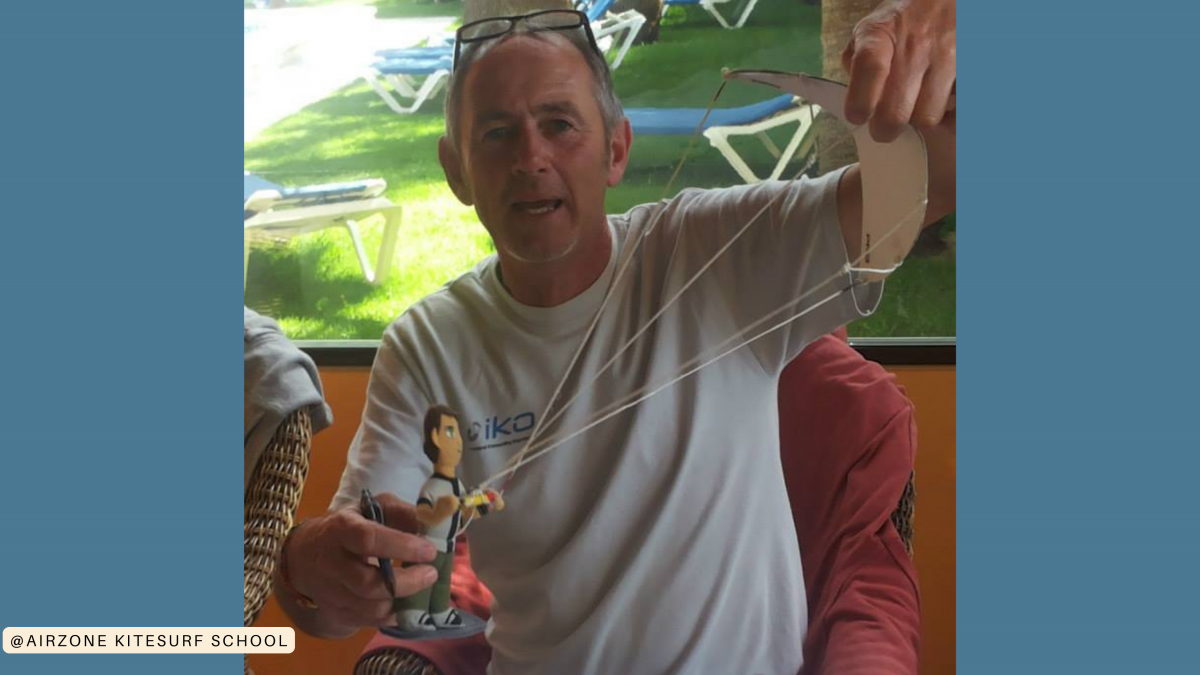
Theoretical kitesurf topics.
During your kitesurfing lessons, you may need to explain some theoretical topics. You can develop these topics using a whiteboard, a computer, a smartphone, posters in the school, or even 3D models and simulators. Unleash your creativity and imagination to make the 3D models and simulators, and your class will be a success.

The topics you might need to cover during your kitesurfing lessons on a theoretical level are as follows:
- The five wind effects.
- Sea breeze diurnal and nocturnal.
- Tides.
- Basic principles of aerodynamics.
- Sea marine currents.
- Meteorology, High and Low Pressure.
The five wind effects:
1) The Venturi effect.
2) The wind shadow.
3) The wind gradient.
4) The Bay effect.
5) The compression effect
TIP
Focus on the dangers and possible benefits of the five wind effects, like the impact of the space for riding, launching, and landing the kite safely, wave conditions, upwind and downwind riding, and the consistency and quality of the wind.
Draw the five wind effects. For example, if you have a whiteboard available, you can use it, but drawing in sand is also perfect. You can also use common objects in the school to illustrate the effects.
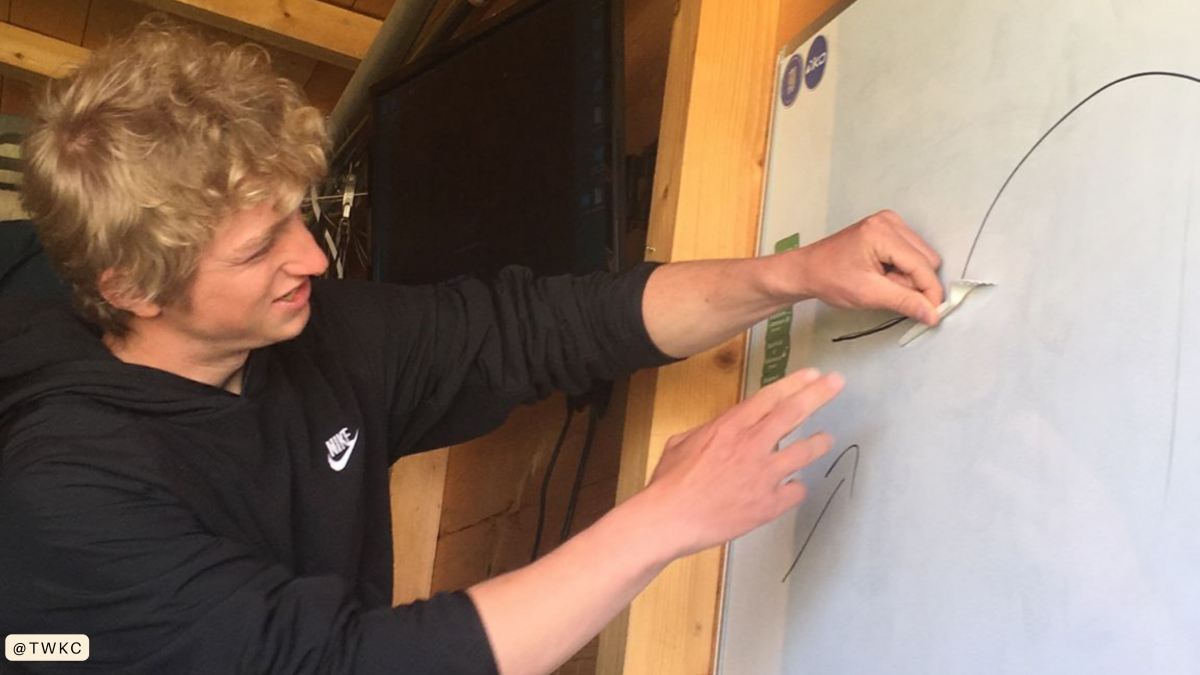
Sea breeze diurnal and nocturnal.
Explain how sea breezes are generated, when they occur, and the potential dangers they may present.
TIP
Focus on the impact of a sea breeze on a kitesurfing session, such as the change in wind strength, the eventual change in wind direction, and its duration.
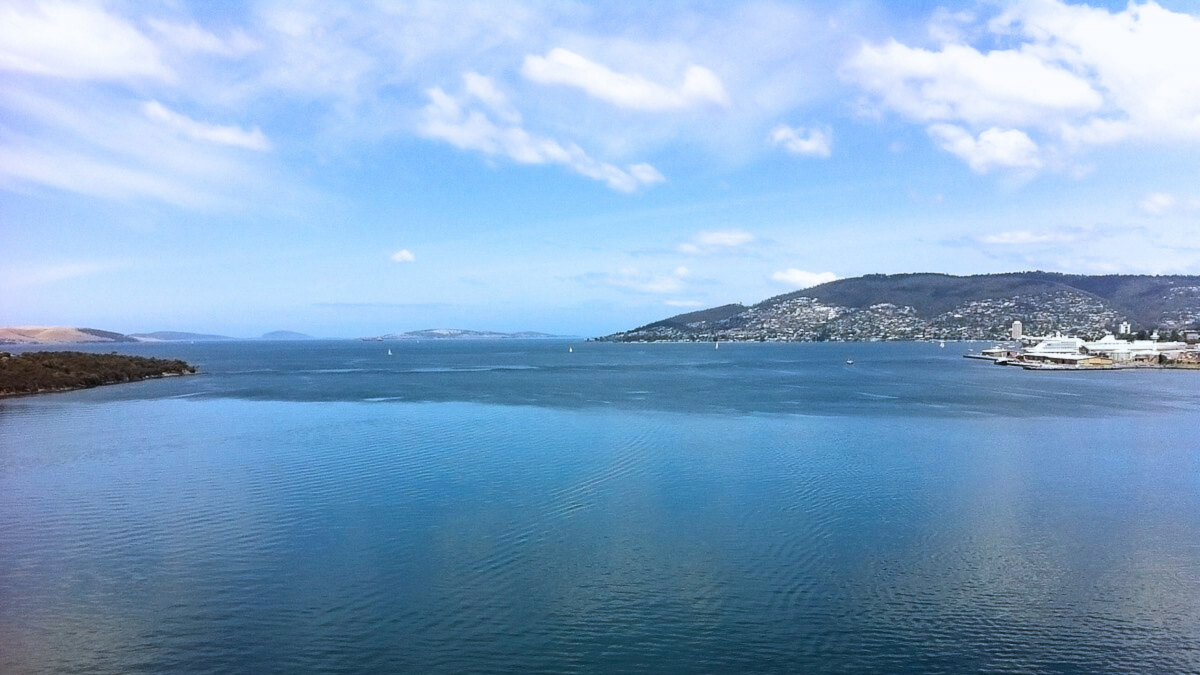
Tides.
Explain the potential dangers and benefits the tides can have and how they can completely change the spot.
TIP
Even if they don't have much impact in your spot, always consider that your students may visit places where having high or low tides can really make the difference between kitesurfing or not kitesurfing (an example is Sotavento Lagoon in Fuerteventura - Canary Islands).
Focus on how to maximize the kitesurfing experience and ensure safety. Explain to your students how to check tide charts or consult local knowledge to understand the tide patterns and their impact on the specific location where they plan to kitesurf. Being aware of the tide conditions will help them to make informed decisions and adjust the session accordingly.
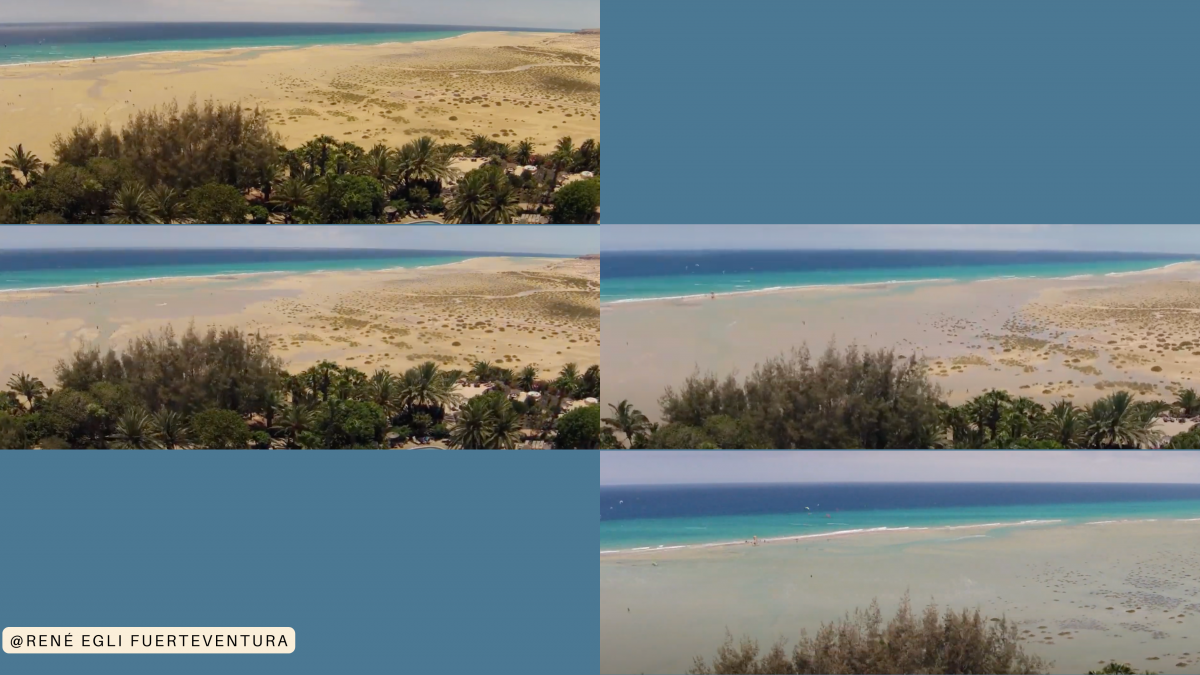
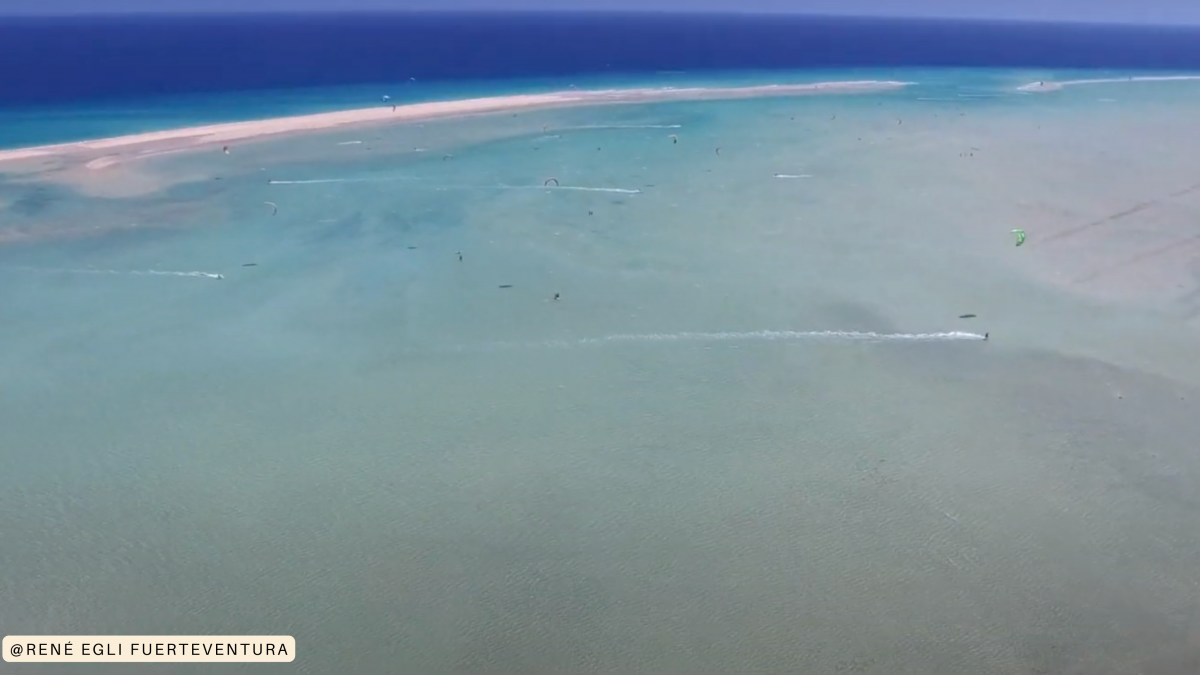
Basic principles of aerodynamics.
This topic is very technical and broad, so it’s fine to treat it in a simplified way, focusing on why kites fly and pull.
TIP
To help you with the explanation, download an app that simulates the wind tunnel.
This tool will allow you to make a complex concept visual and simple, making clear the forces generated once the kite is in the air.
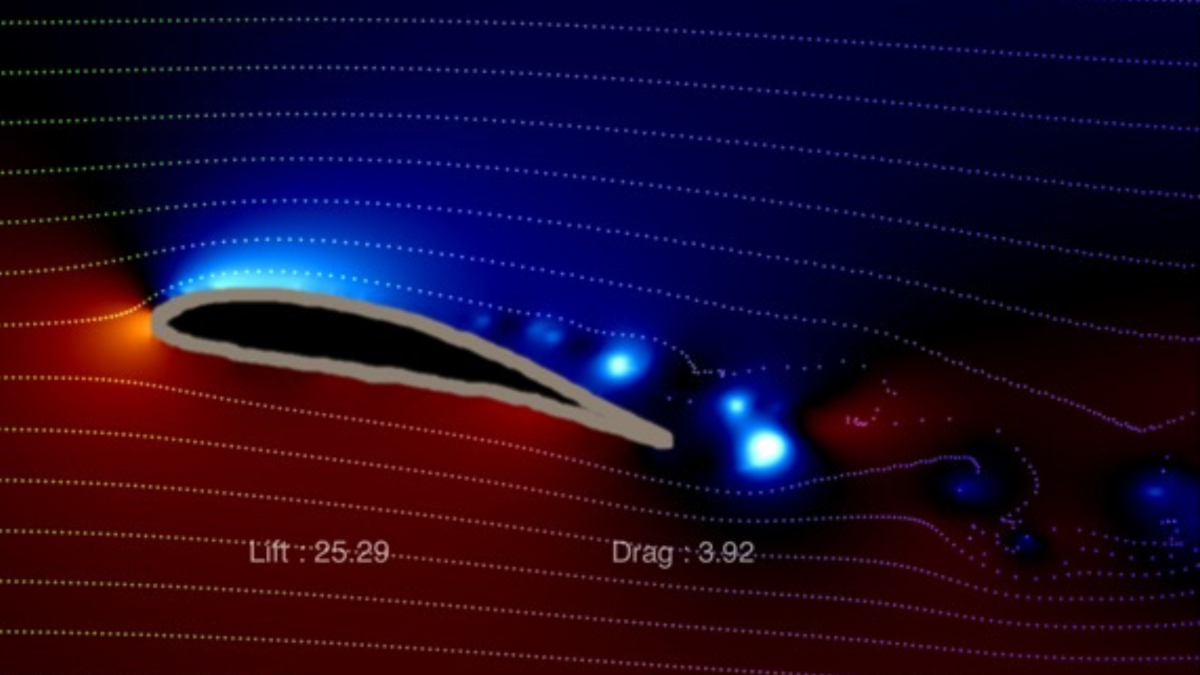
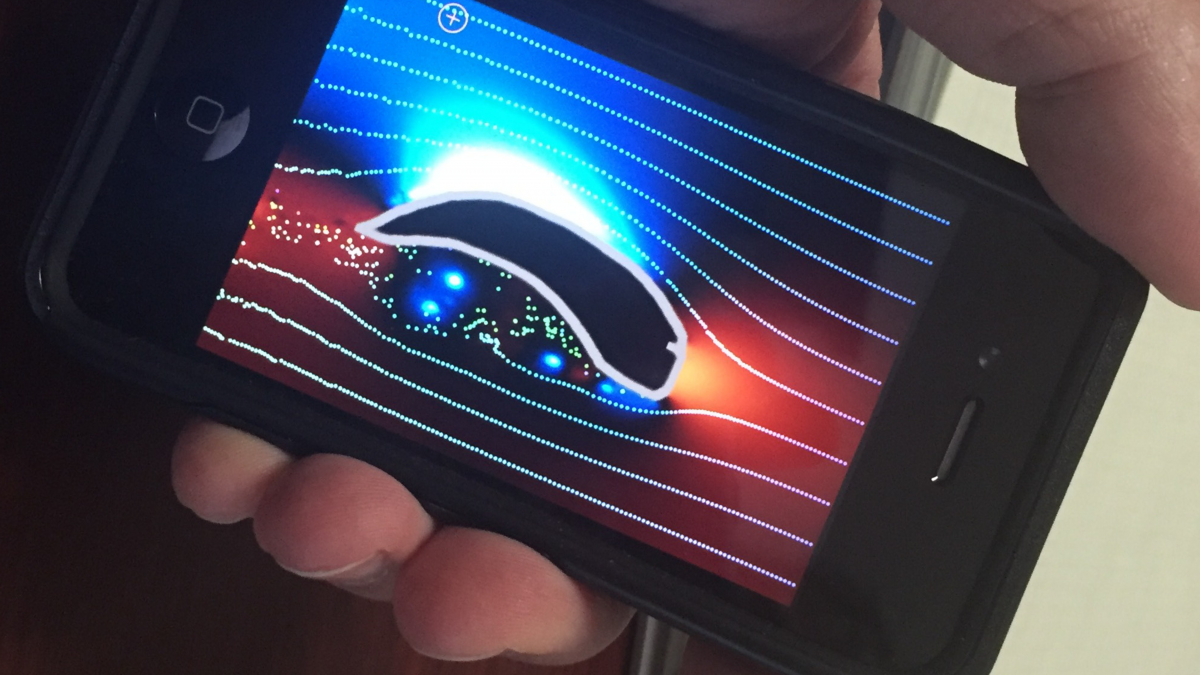
Sea currents.
Explain how to recognize sea currents and their potential impact on a kitesurfing session.
Draw your students' attention, particularly to rip currents, teaching them how to identify these currents and how to respond appropriately..
TIP
Download and print IKO's free posters on sea currents; they are free and make it clear how to act correctly.
Emphasize the importance of having a good understanding of the local conditions, including tides and current charts, as well as local knowledge from experienced kiters. Explain how to assess the current conditions before entering the water, adjust the riding technique to compensate for the currents influence, and prioritize safety by choosing appropriate locations and being prepared.
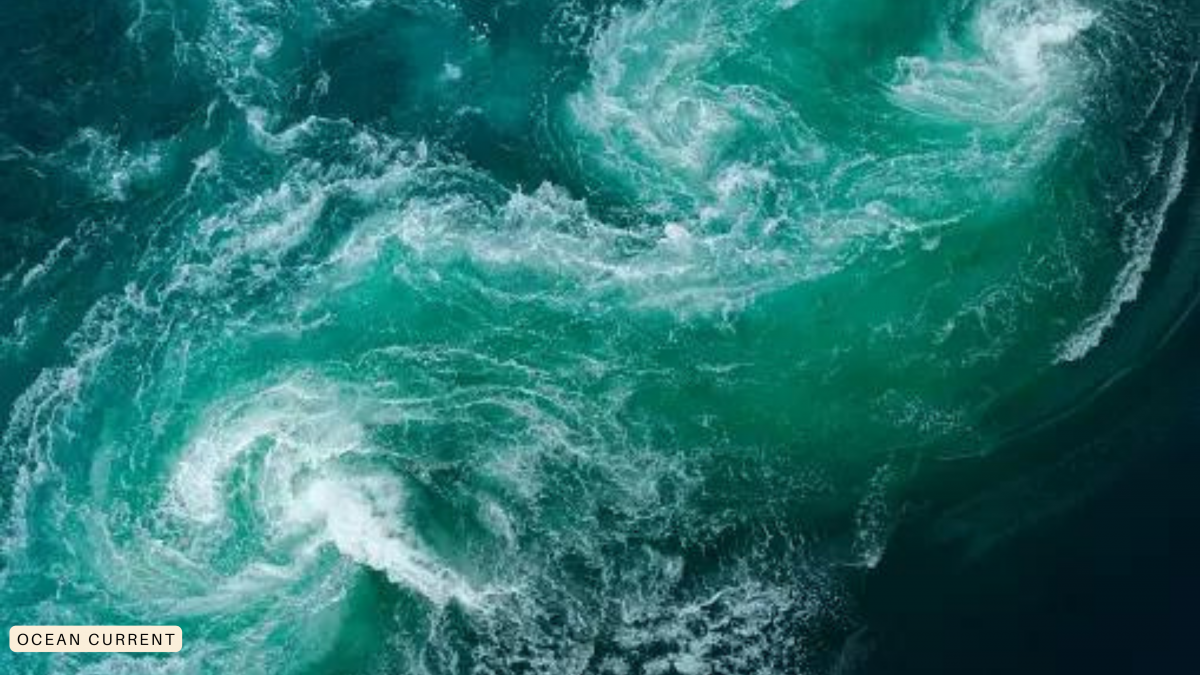
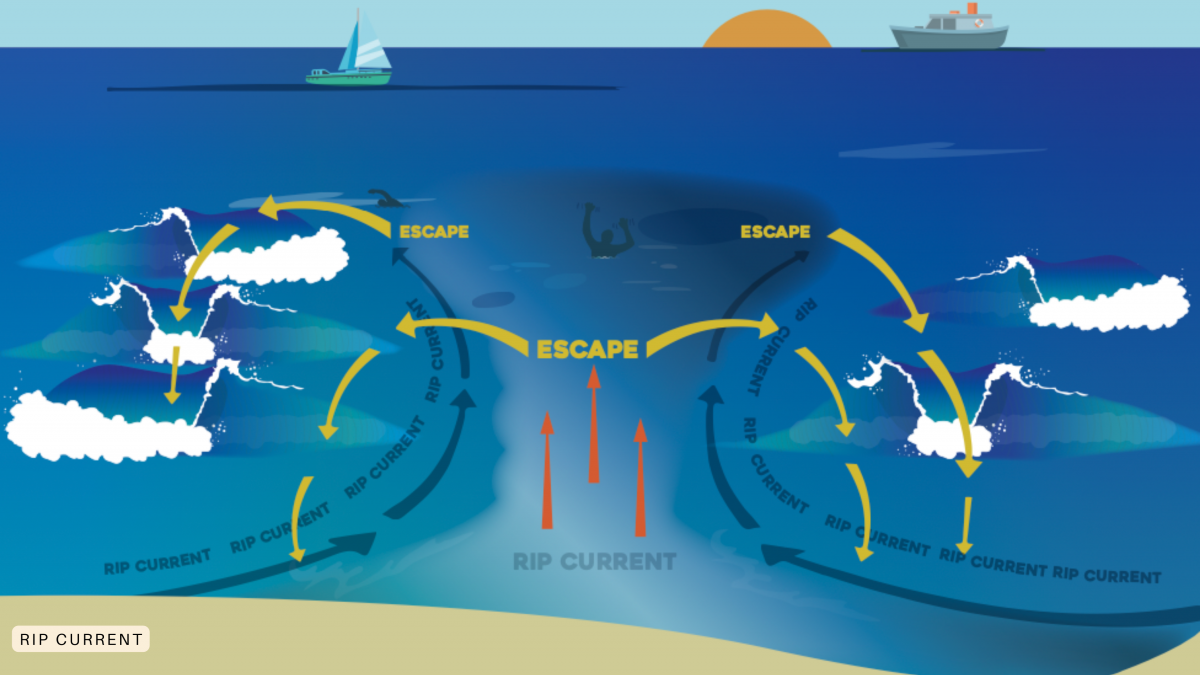
Meteorology, High and Low pressure.
Meteorology is a very complex and extremely broad subject. It would take many hours of class time to cover the topic, so we recommend that you approach it by focusing on the basic concepts of meteorology.
TIP
Focus on High and Low pressure and why they are essential for kitesurfing. Use the thumbs technique to memorize high and low pressure in the two hemispheres.
Also, focus on the impact of high-pressure and low-pressure systems based on regional and local factors. Advise your students to check the weather forecast, consult experienced local kiters, and assess the conditions on-site to decide if it is suitable and safe to kitesurf during specific high or low-pressure systems.

Practical kitesurf topics.
When teaching practical topics, remember to always follow the 8 IKO’s Steps Teaching Concept.
The IKO’s 8 Steps Teaching Concept.
The IKO teaching concept is based on achieving physical skills through a combination of your student's trial and error, along with your evaluation and correction.
Additionally, it involves developing your student's background knowledge and skill consolidation, ensuring they understand why they are performing an exercise.
The 8 steps are:
- Evaluation: Who?
- Set a goal: What?
- Incentivize and motivate: Why?
- Give reference points: How? When? Where? Which exercises?
- Get student’s feedback (1): Did the student visualize well?
- Observe: Student’s trial and error.
- Get students’ feedback (2): 90% of the learning process.
- Correct: Only when necessary!
Riding upwind.
Explain the prerequisites and, if necessary, discuss possible reasons for failure.
TIP
Focus your explanation on what combination of the kite, body, and legs/board your student should maintain.
Videos on the IKO App, a 3D model, or a small simulator can help your student gain an outside perspective and better understand what to do once on the water.
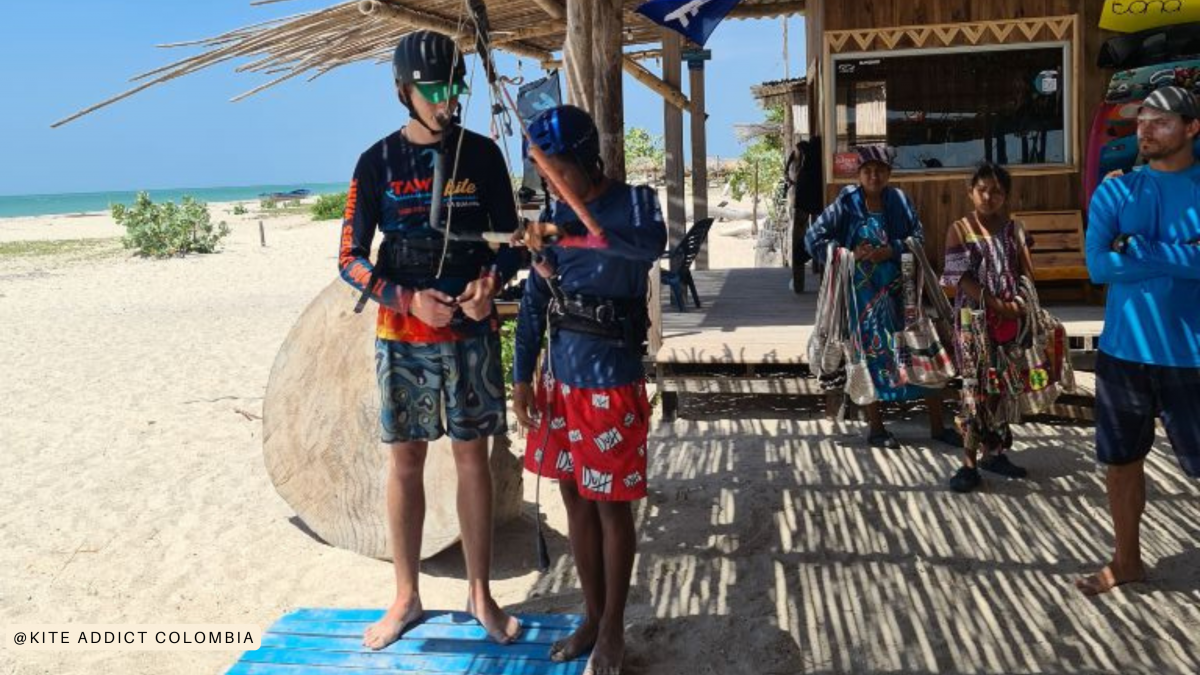
First jumps.
Explain the necessary prerequisites and discuss potential reasons for failure.
TIP
Focus your explanation on what combination of the kite, body, and legs/board your student should maintain; also, encourage them to practice with a physical simulator.
Using a physical simulator can help reduce the stress of trying something new before attempting it in the water, and it aids in building muscle memory.
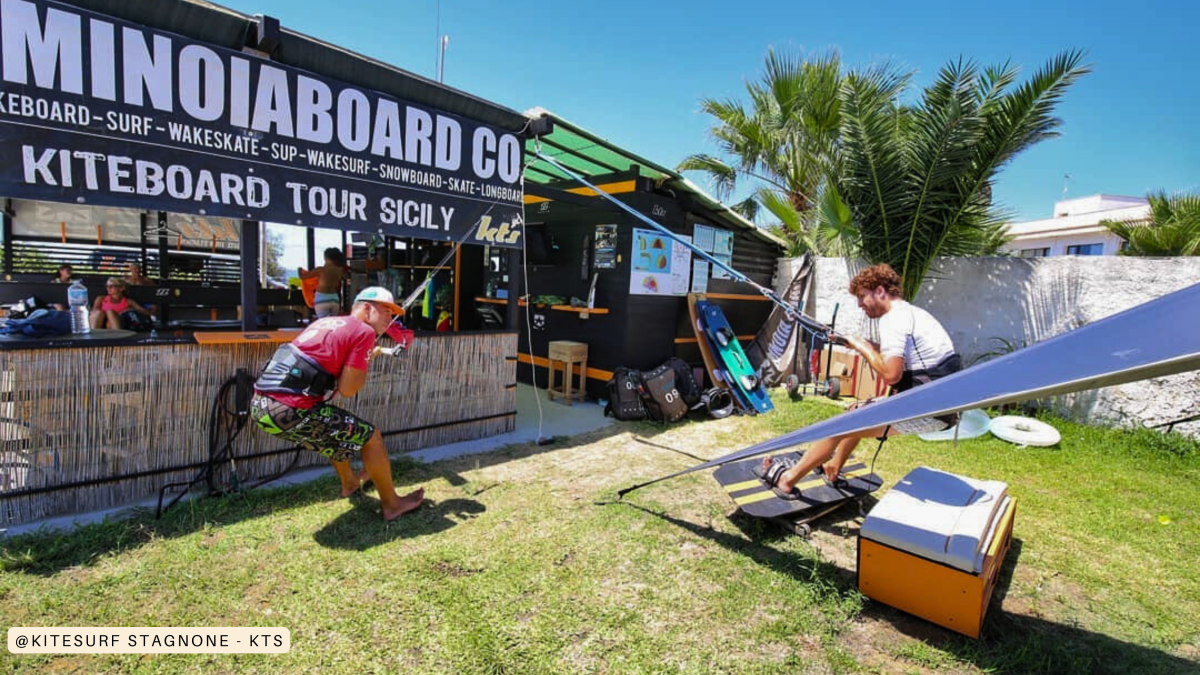
Remember to adapt your teaching approach to your student's learning style and pace. Create a positive rapport with your student. Be funny, dynamic, patient, and supportive, and promote a safe and enjoyable learning environment.
Author: Marica Moda
Helping Impoverished Communities Thrive
IKO recently launched the philanthropic program "IKO Giving Back."
It aims to have an immediate and long-term impact on a humanitarian level and on the planet.
There are three objectives:
- Sponsoring participants in IKO Professional Courses
- Creating partnerships with nonprofit organizations
- Promoting environmental protection
Starting with kitesurfing, IKO is committed to making a concrete contribution in laying the foundation for the sustainable growth of the sport and protecting the beautiful places where we practice it.
The IKO wants to create a virtuous circle and positive impact on the community, especially the most disadvantaged communities, in the spots where IKO Centers are located.
In addition, the IKO wishes to share and promote a broad-based positive and constructive attitude among kiters, instructors, kitesurfing schools, IKO community members, and all beach users.
Global activities
With the Giving Back Program, the IKO wants to be globally active, taking advantage of its presence in more than 60 countries worldwide with almost 400 IKO Centers.
Its widespread presence and the choice to donate 1% of annual sales enables it to make socially and environmentally lasting changes.
Helping people with economic difficulties in various parts of the world and protecting the nature around us are essential aspects that IKO wants to achieve by creating partnerships with IKO Centers and nonprofit organizations.

1. IKO Professional Courses Sponsorship
Sponsoring members means having a real impact on people and providing training and employment opportunities for disadvantaged communities.
The idea of using kitesurfing not only as a sport but as a tool to improve the living conditions of underprivileged kiters prompted IKO to start this project.
Working with IKO Centers worldwide, the aim is to sponsor low-income kiters.
Helping members struggling in the kitesurfing community allows them to attend an IKO Professional Course, receive free training to become IKO Certified Assistants and Instructors, and build a professional future, breaking the cycle of poverty.
Introducing some IKO-sponsored instructors
Carlos Antonio De La Cruz Romero
Cabarete, Dominican Republic
"I grew up and spent my whole life in Cabarete, Dominican Republic. I have always loved going to the beach. The first time I tried kitesurfing was with a 4-line kite in a school at a hotel on the beach, where the manager allowed me to kitesurf. So I started learning with friends and wanted to become an instructor.
Becoming an IKO instructor changed my life: my hobby became my job. Now I earn more money and can give a better life to my son. Becoming an instructor has always been my dream since I started kitesurfing".
Marcos Antonia Capellán
Cabarete, Dominican Republic
"I'm 19 years old and live with my family in Cabarete, Dominican Republic. In my spare time, I enjoy outdoor activities and sports. I became a kitesurf instructor because I want to share my knowledge and great passion for kitesurfing.
I have greatly improved my teaching techniques by taking the IKO Instructor Course, which will allow me to apply abroad".
Andrè Americo Zivane
Bazaruto Archipelago, Mozambique
"I was born in a poor fishing village in the Bazaruto archipelago in Mozambique and was orphaned at six. I kitesurfed for the first time in 2015 thanks to a tourist; immediately, I knew that kitesurfing would become my life.
I have been teaching kiting for more than five years, and in the summer of 2022, I will be traveling to Italy to attend an Instructor Training Course (ITC) at the IKO Center Kite's Angels. I dream of becoming an IKO Instructor to perfect myself and to be able to give the best to those who want to approach this sport through safer and more disciplined teaching".

André's feedback after the course:
"I want to thank Kite's Angels Beach and IKO for their generous help that allowed me to realize my dream of becoming an IKO Instructor.
I learned a lot during the Assistant, First Aid, and Instructor courses, and everything was interesting.
Learning how to practice this beautiful sport in the best and safest way was fantastic.
I have had the best time of my life as a person and professional.
I want to thank Examiner Max Piona. He was very professional, and his explanations allowed me to understand and do everything. He also gave me some life advice, so I now have a very open mind with a lot of professional knowledge. In addition, the IKO manuals were helpful during all the courses.
Now that I'm an IKO Instructor, I dream of opening a kitesurfing school in my country, Mozambique, especially where I live, in Vilankulo.
I would love for other young guys with the same dream to become IKO Instructors and for me to put into practice the knowledge I have had the opportunity to learn during the IKO Courses."
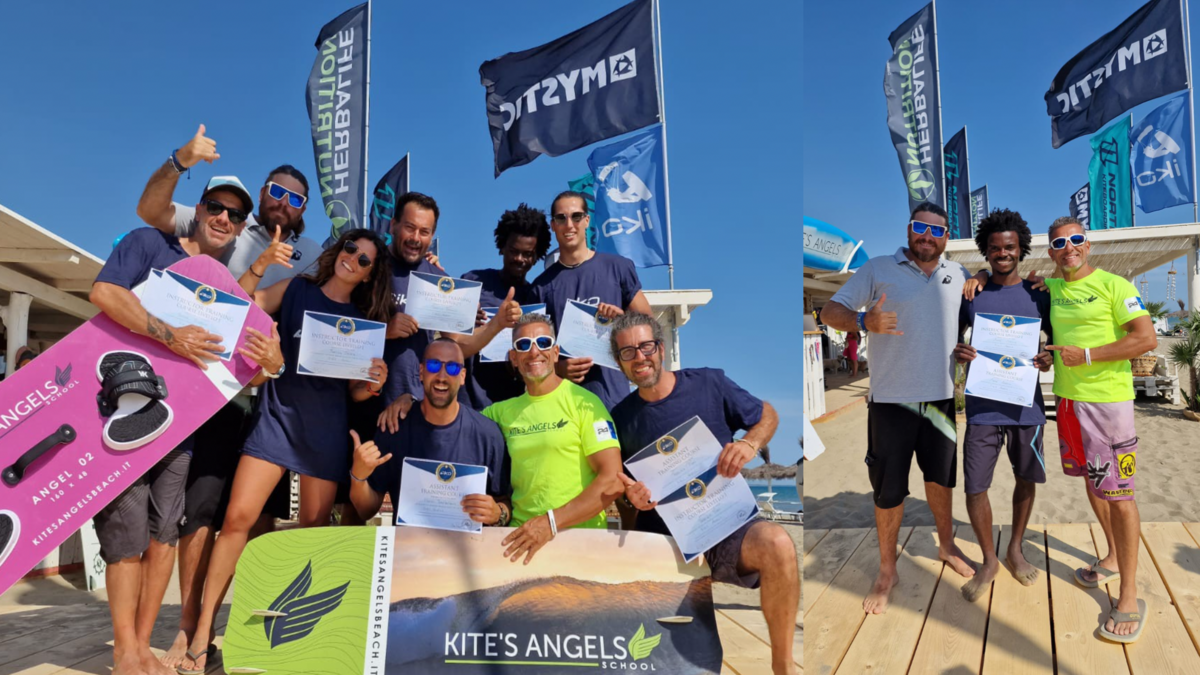
Unity is strength:
IKO, Kite's Angels Beach, and the Dr. Christopher Giorgio Spitti (on a humanitarian mission to Mozambique for "Médecins Sans Frontières" and "Fratelli Senza Frontiere ONLUS") have joined forces to create this sponsorship.
Dr. Christopher Giorgio Spitti, who launched the "PHC-Philanthropic Humanitarian Consortium" project, covered the travel costs.
"Fratelli Senza Frontiere ONLUS", in the person of Luana Spitti, took care of the paperwork at the Italian Embassy in Mozambique, obtaining a special permit and covering the expenses for the extended visa.
Lorenzo Leoni, the owner of the IKO Center Kite's Angels Beach in Italy, covered the costs of the ATC and ITC Professional Courses.
IKO covered the costs of registration fees for the ATC and ITC Professional Courses.
Apply to attend a sponsored IKO Professional Course, or tell us who would deserve it
IKO has chosen to sponsor some kiteboarders experiencing financial difficulty.
If you have the characteristics listed below or know someone who does, please write to [email protected].
Tell us your story and send us two reference letters from an IKO Examiner, an Assistant Trainer, an IKO Center owner, a local association, or a nonprofit organization.
You can become an IKO Assistant and Instructor and change your life.
You must:
- Be an experienced kiter
- Be highly motivated
- Live near a kitesurfing spot in a country with a GDP (PPP) per capita of less than US$ 10,000
- Want to work as an IKO Instructor or Assistant after finishing the Professional Course.
Please, help us to give back!
Please also write to us if you know someone who has these characteristics and thinks they deserve to be sponsored.
We will be happy to evaluate your application or that of the person recommended.
2. Nonprofit collaborations
The IKO believes that teamwork makes a difference and that we can leave a positive impact together. That’s why it has decided to support the best nonprofit projects.

Please, help us give back!
Nominate your nonprofit association or an association you know by sending an e-mail to [email protected]. Tell us about the project you would like the IKO to support.
We will evaluate all projects and choose those that can have the most significant and lasting positive impact.
An example of collaboration: InspireDR+IKO
"Swim to survive" is a community-based program that teaches children to swim.
The community of Cabarete lives by the sea and near water sports, yet 80% of the population cannot swim. For this reason, InspireDR, in cooperation with IKOIntl, organized the free "Swim to survive" program, where low-income children could learn to swim and develop comfort in the water.
The IKO was involved in sponsoring fifty children from Cabarete to learn to swim, showing them the importance of maintaining an active and healthy lifestyle, and helping to lower the number of drowning cases.
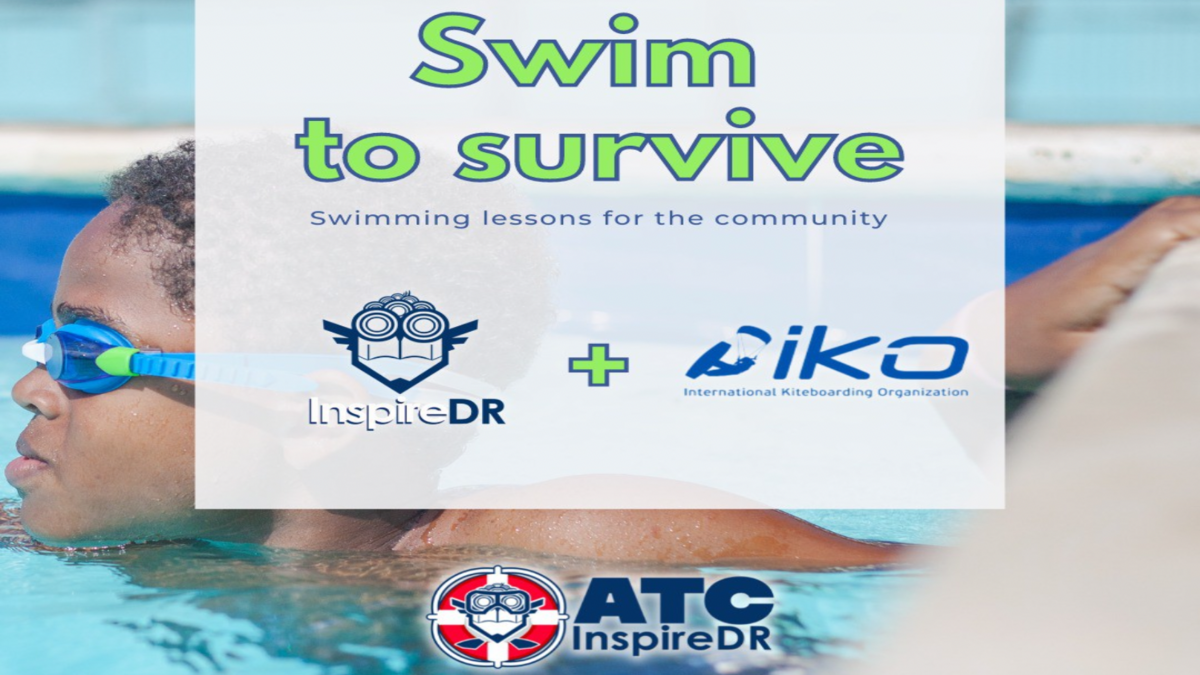
InspireDR's feedback:
"The program has begun. Twenty-one children became familiar with the water for seven weeks and learned basic buoyancy and swimming techniques.
Some children did not want to enter the pool on the first day, but day after day, they felt more comfortable in the water.”

“It was a fun and active group with the first twenty-one children, the new #superswimmers of Cabarete, certified.” -InspireDR

“Thanks to the support of IKOIntl and our instructors, these children will have a safer future. Teaching a child to swim can make the difference between life and death in the event of a water accident. Moreover, swimming is a sport that is fun and healthy." -InspireDR
3. Environmental Management
Every year, 14 million tons of waste end up in our seas; we don’t want to and cannot stand by and watch.
With this initiative, the IKO wants to raise awareness and urge everyone to take action to protect our seas and beaches.
We can make a difference by reducing or eliminating the use of disposable products and actively collaborating in cleaning our seas and beaches.
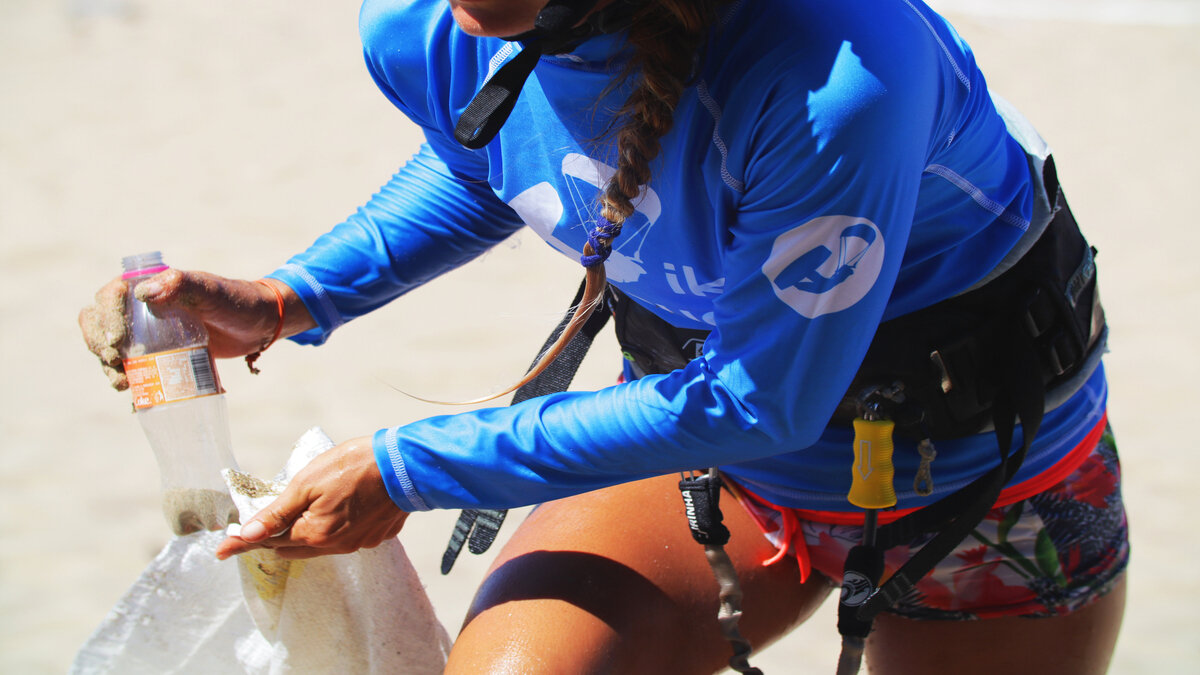
Coastal cleaning
All candidates attending the IKO Assistant and Instructor Courses participate in beach cleaning.

Removing litter from beaches protects marine life, teaches the importance of sustainable tourism, and sets a good example.
Cleaning the seas

Together we can remove waste from the sea, protect the marine ecosystem, and take care of the place where we kitesurf.
Take care of your spot, too, and become a role model.
Together we're stronger!
Write to [email protected] and participate in the IKO Giving Back program.
Together we can grow and improve because together, we are stronger. Giving back helps everyone to grow and progress.

Find below the payment information to renew via Wise:
TransferWise EUR Bank code (SWIFT / BIC): TRWIBEB1XXX IBAN (to receive EUR from the EU only): BE90 9670 4426 7732 Account Holder: International Kiteboarding Organization, S.R.L. Address: TransferWise Europe SA, Square de Meeûs 38 bte 40, Brussels, 1000, Belgium
TransferWise USD Account Holder: International Kiteboarding Organization, S.R.L. Account Number: 8310019794 SWIFT/BIC: CMFGUS33 Bank Address: TransferWise, 19 W 24th Street, New York, NY 10010 , United States
Your profile will be updated within 2 working days once payment is received.
You can renew your assistant or instructor membership with the Plus membership by following the previous link. Feel free to contact us if you need help logging into your profile to certify your students once your membership is active.
What it’s Like to Be a Kitesurf Instructor
Author: Marica Moda
Life on vacation or a serious profession?
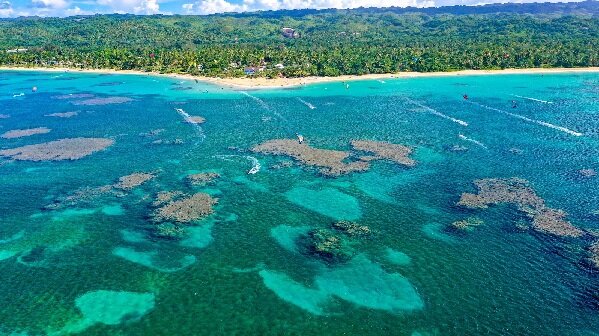
IKO Instructor’s “office”
IKO Instructors are not on vacation but working in the most spectacular office in the world!
Are you thinking of becoming a kitesurfing instructor? Kitesurfing instructors work in beautiful places that are usually vacation destinations.
You will not be on vacation when you become an IKO Instructor, but you will definitely work in an original "office." Your “office” will be the beach, and it will undoubtedly be an enviable office. This characteristic makes this profession unique—it will make you feel "on vacation" even when you are working.
Being a kitesurf instructor is an extraordinary job that, like many other jobs, cannot be done well without a deep passion.
But don't forget that even if you turn your kitesurf passion into your profession, this is still a job.
Profession: IKO Instructor
If you decide to become an IKO Instructor, you make a specific choice: to achieve excellence in teaching an adrenaline sport like kitesurfing.
There are no age limits to becoming an IKO Instructor. There are not only young and energetic IKO Instructors but also instructors with a few more years and some more experience. Both can offer a lesson balanced between fun and safety, always taking into account the uniqueness of the students.
An IKO Instructor is a true professional
As an IKO Instructor, you must have specific characteristics to be a professional: passion, good knowledge, excellent communication skills, empathy, and almost infinite patience; essential qualities to win the trust and attention of the students.
You must have multitasking skills because kitesurf instructors have to do, control, and pay attention to many things simultaneously.
You must be precise, dynamic, technical, and somewhat athletic because you will spend many hours standing and moving.
You must also be a bit of a psychologist because psychology helps to keep the students highly motivated, focused, and with the necessary determination to move forward.
IKO Instructor Lifestyle: the real life of a kitesurfing instructor
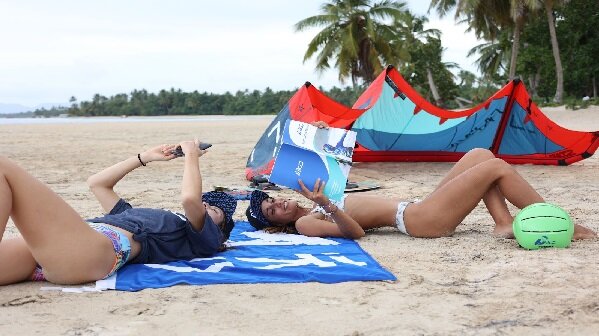
#IKOInstructorLifestyle, an almost perfect lifestyle.
Does an IKO Instructor do kitesurfing?
As an IKO Instructor, you won't spend days kitesurfing; instead, you'll devote every breath of wind to the students.
Your chances of kitesurfing will depend on the organization of the school you work for, the daily lesson hours, and the wind conditions at the spot.
You may have time to kitesurf if the school organizes the lesson plan by giving free hours to instructors. If the school closes early and the wind is still blowing at the end of the day (a desirable way to end the workday), or if you don't have the whole day full of lessons, being able to indulge in a few sessions between classes is a possibility.
These are opportunities for you to have fun and keep fit. But not only that, these are all good opportunities to demonstrate to students how to behave on the beach and in the water because students observe: "monkey see, monkey do."
As an IKO Instructor, you must always be a good role model.
IKO Instructors are always tanned and smiling
Teaching kitesurfing is a beautiful job with many responsibilities and is very physically and mentally demanding. If done professionally, it’s a much more challenging job than it may seem and more satisfying than one might imagine.
Undoubtedly, as an instructor, you will always have an enviable tan because you will spend hours and hours in the sun teaching, preparing, or repairing equipment and keeping the school in order.
But some instructors are a little less tan. Therefore, you should not only think of kitesurfing instructors wearing Bermuda shorts and lycra in the Caribbean Sea. Some instructors teach in icy places and seas, such as in northern Europe, and spend hours wet and buffeted by the freezing wind while wearing shelter jackets, wetsuits, gloves, and hats—even in summer! But they’re always in good spirits, with a big smile and a great desire to teach.
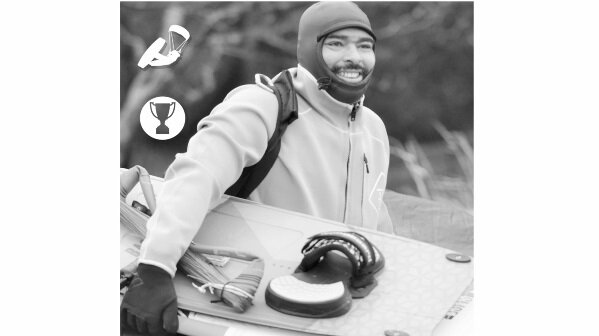
Always smiling IKO Instructor
Negative aspects of this job
The “office" of a kitesurfing instructor is very original, but even the beach also has its downsides.
Being an instructor, you will spend many hours in the wind, buffeted by sand on your legs, and in the hot sun.
If you teach from a boat, once you disembark, you may suffer from "land-sickness," which will make you continue to feel swaying even with your feet on dry land.
If the sky is cloudy, you will have to dress in multiple layers because of the wind. After many hours, this makes you feel cold. The cold will increase if you teach by being in the water, spending many hours wet and in the wind.
You will need to have a good winter wetsuit—or even a dry suit—if you will teach in the winter.
You will need to wear sunglasses to avoid eye damage, a hat to avoid unpleasant heat stroke, lycra to avoid annoying sunburn, a shelter jacket to maintain an acceptable body temperature, and pounds of sunscreen to prevent skin damage.
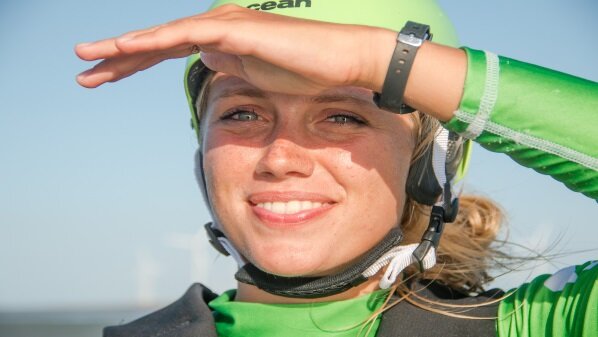
Smiling IKO Instructor
Positive aspects of this job
Many kiters decide to become IKO Instructors to change their lives and create new opportunities for themselves.
The most beautiful "offices" in the world, the positive vibes experienced in this environment, the desire to share one's passion, and the willingness to take on new challenges every day with each student are the right motivations to become an IKO Instructor.
A professional career in IKO
There is no career path like the one offered by IKO, which is dynamic and challenging, starting from Recreational to Trainer Courses,
Anyone can find the perfect role at IKO.
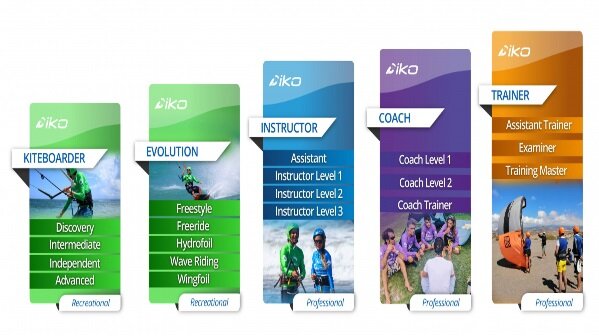
IKO Training path
Kiteboarder Recreational Courses
Discovery - Kiteboarder Level 1
Intermediate - Kiteboarder Level 2
Independent - Kiteboarder Level 3
Advanced - Kiteboarder Level 4
Evolution Recreational Courses
Evolution Freestyle - Kiteboarder Level 5
Evolution Freeride - Kiteboarder Level 5
Evolution Hydrofoil - Kiteboarder Level 5
Evolution Wave Riding - Kiteboarder Level 5
Evolution Wingfoil - Kiteboarder Level 5
Professional Courses
Assistant Training Course (ATC)
Instructor Training Course (ITC)
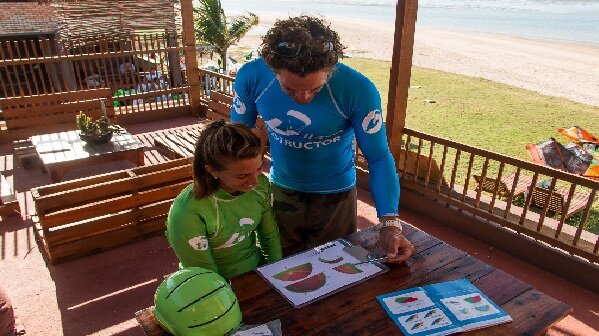
Profession: IKO Instructor
The desired IKO professional qualification for everyone
If your passion for kitesurfing runs deep and you want to turn it into a profession, there are the IKO Professional Courses.
The first step in the IKO professional training path is the Assistant Training Course (ATC). Once you pass the ATC, you can take the Instructor Training Course (ITC) and become a certified IKO Instructor.
IKO Assistant
The Assistant Training Course (ATC) is the first step to improving your level as a kiter, increasing your knowledge, and turning your passion into a unique professional career.
You will not learn to teach, but as an IKO Assistant you will acquire the fundamental concepts of the kitesurf and the primary teaching skills needed to help and support an IKO Instructor during their lessons while also being able to work in IKO Centers around the world.
IKO Instructor
By attending the Instructor Training Course (ITC), you will learn how to achieve excellence in teaching. In addition, as an Instructor Level 1, you will share your passion for kitesurfing and be able to work in all IKO Centers worldwide.
Continuing your career, you can become Instructor Level 2 and Instructor Level 3.
IKO Coach
The Coach is a very inspiring professional figure. Becoming a Coach Level 1 will develop your teaching skills, knowledge, and experience and allow you to train advanced-level kiters.
With this qualification, you can teach Evolution Courses (Freeride, Freestyle, Wave Riding, Hydrofoil, and Wing Foil) and lead IKO Adventures (downwinders, boat safaris, and kite trips).
You can grow further by becoming a Coach Level 2.
A boring daily routine is impossible in the life of an IKO Coach.
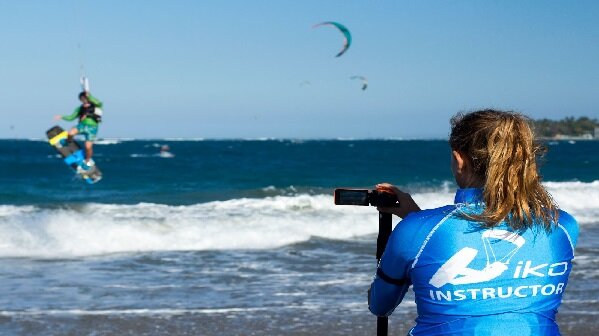
IKO Coach
IKO Assistant Trainer
If the IKO Instructor career path is not enough for you, you can enter the Trainer career path. The training you will need to take during the Assistant Trainer Training Course (ATTC) will be complex and intense but undoubtedly exciting.
IKO Examiner
The role of the Examiner is crucial. As an Examiner, you will promote kitesurfing and engage in high-quality training for future IKO Instructors, achieving great professional satisfaction.
One of the most significant benefits of all IKO professional qualifications is that they allow travel and work, taking the kitesurf passion worldwide!
How does an IKO Instructor find employment?
Once you join the team of IKO professionals, you will have the opportunity to travel and apply for jobs at IKO Centers worldwide, which are looking for new instructors to join their teams.
This opportunity has no seasons or deadlines as long as there is wind and you are willing to work.
Job openings through the IKO website
The IKO website is a convenient professional research tool for IKO Centers and IKO Instructors who wish to travel and work in various windy spots.
In each instructor and center profile, by clicking on JOB, it's possible to view job openings posted by IKO Centers worldwide.
- The IKO Center can enter a description of the team member they are looking for, the tasks and languages required, and what they offer.
- The IKO Instructor can apply for a job at any IKO Center, specifying their personal and professional characteristics, qualifications, previous experience, and the countries they wish to work in or the time they have available.
With this tool, both the Center and the Instructor can get in touch quickly and directly.
Job openings via IKO social media
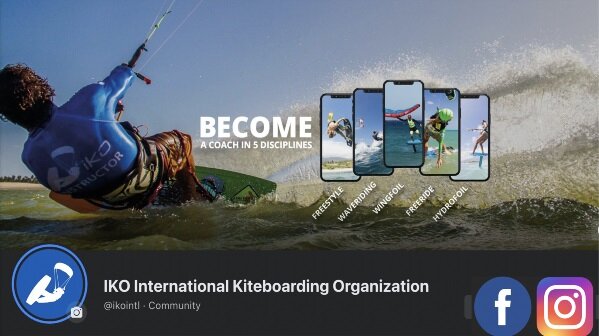
@ikointl - #ikoinstructorlifestyle
IKO's social media is a quick and effective professional search tool. IKO Centers looking for new IKO Instructors to join their team often create posts, reels, or stories on their profiles and mention or tag @Ikointl so that IKO can share them.
https://www.facebook.com/ikointl
https://www.instagram.com/ikointl/
https://www.facebook.com/groups/ikointl
Job offers through "international word of mouth"
If you want to pursue a professional career in IKO, you must always work well, thoughtfully, and professionally.
Before hiring a new instructor, many kitesurf school owners ask for references from IKO Centers where they have worked. So, as in any other job, a bad reputation will limit work opportunities.
By traveling and working in various kitesurfing spots, you'll be able to meet and get to know many people and gain many contacts. Through these, you'll have the opportunity to move and work in different places, even every season. The world of kitesurfing is a "small world," and always working well will open all doors in every spot in the world.
Online: IKO Curriculum Vitae
Part of your job as an IKO Instructor is to certify your students at the end of classes, attesting to their level. Certifications serve the student and help certify your career as an instructor.
The IKO Centers you have worked for, the number of students, and the number of class hours you have taught will create an accurate "IKO Curriculum Vitae."
Your professional history as an IKO Instructor will allow other IKO Centers to evaluate your candidacy and professional experience.
Online interview with an IKO Center
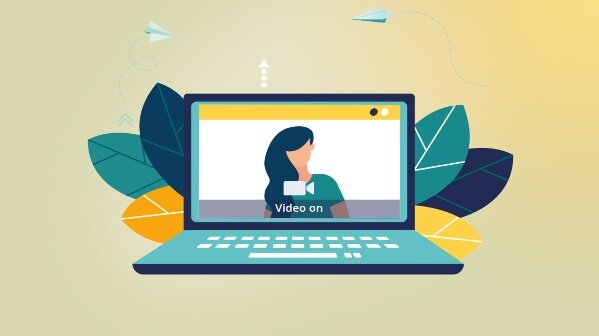
Online interview
Once you apply for a job at an IKO Center, you will proceed as you would with any other job: an interview.
The interview usually takes place via a video or a phone call, allowing the two parties to know each other better and evaluate each other.
Agreements: working conditions, accommodation, transportation
During the interview, the school will propose the working conditions like working hours, tasks to be performed at the school, and the benefits offered.
The benefits offered may be, in addition to the fixed and/or commissioned salary:
- lodging
- transportation (e.g., a bicycle or a scooter)
- freshwater to drink (a benefit not to be underestimated in hot spots)
- hot drinks (fundamental in cold spots)
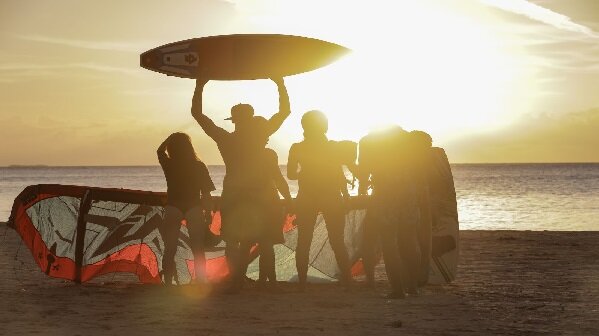
IKO Team
Why choose to do this job
An IKO Instructor teaches excellently, being part of a large and dynamic community.
The life of an IKO Instructor is anything but boring, and the opportunity for fun and fulfilling work is unique, as you have the luxury of working in the most beautiful and windy "offices" worldwide.
There are no professions as beautiful as this one, but don't just call it a job, because it's an authentic lifestyle.
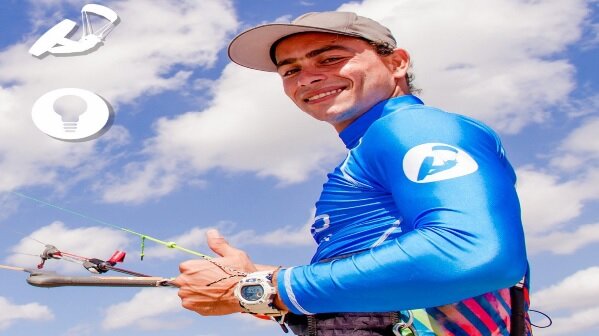
#IKOLifestyle
Stuck at home and unable to kite? We agree. It sucks. But staying home doesn’t mean you have to put your progression on hold.
Get 70% OFF IKO Premium Membership: The Ultimate Kiter Companion
25+ Hours of eLearning: ONLY $17.90 / year
✅ 72+ Minutes of Tutorial Videos
✅ 20+ Easy-to-Follow eCourses
✅ 10+ In-Depth eBooks
✅ Content for All Levels
✅ Access on iPhone, Android and Desktop
✅ Discounts on Gear from Top Brands
From waterstart to advanced tricks, access Top Notch Tutorials by Professional Instructors with Decades of Combined Experience Teaching Around the World.
But Hurry! This Offer Won’t Last Long!
70% OFF Available for a Limited Time.
Tap the “Get Offer” Button to Claim Your Discount Now!
We continue to monitor the situation surrounding coronavirus to ensure we meet your needs during this difficult time.
Since people across the globe are limiting their social interactions and staying at home, kitesurfing activities in many locations have been temporarily put on hold.
To help ease the strain on the kitesurfing community, we are extending all IKO center, pro and kiter premium memberships for one month.
All IKO centers and pros must continue to follow guidelines from the World Health Organization and from local authorities and cancel courses when necessary.
We are grateful for your continued membership and we are here to answer any questions you have: [email protected]
Yes, you can renew or upgrade your plan before the expiry day to get insured.
The IKO is happy to announce that as of February 2020, we are cooperating with OPES which means that IKO Instructor diplomas will be converted into and recognized as OPES / CONI diplomas.
It will be possible to obtain both certifications directly after successfully completing your training with the IKO Examiner. The IKO Examiner will communicate your details to OPES, and will monitor your progress during the course and evaluate you to decide if you are worthy of obtaining both diplomas. It will cost € 25.00 to obtain an OPES / CONI diploma as a new IKO Instructor directly after training.
If you are already a valid IKO Instructor (meaning your status is not expired) and also want to be recognized as an OPES / CONI instructor then a special form can be downloaded from the OPES and IKO website. Once the form has been filled out and the fee paid, then the submission will be reviewed. This will cost € 15.00, the annual renewal of the OPES recognition also costs € 15.00. This does not include the cost of the IKO renewal fee, OPES recognition will be only valid if the IKO Instructor has a valid diploma.
If you have any questions regarding the cooperation then please contact [email protected]
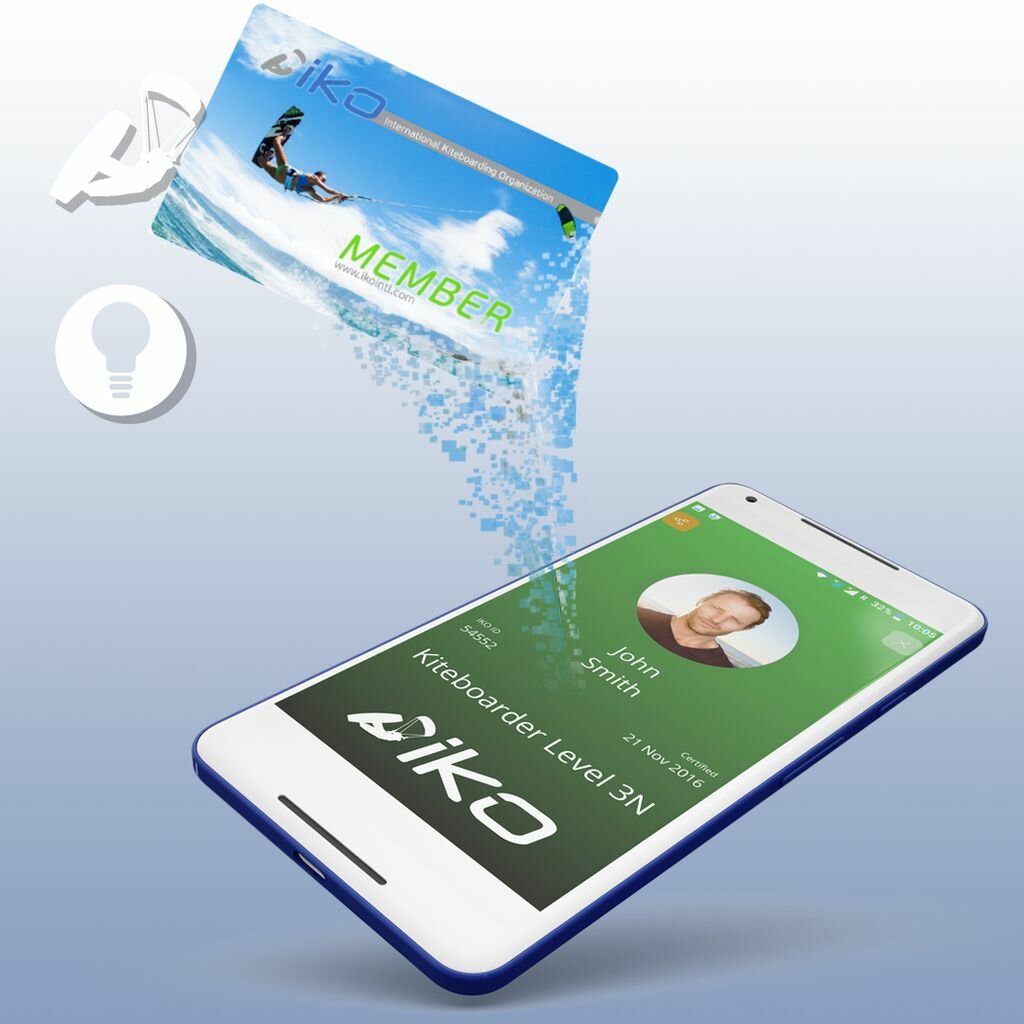
The world is optimizing; we are all becoming smarter, better and faster daily. In 2018, we decided to take advantage of new technologies that have become available to us. We have created an app and turned our physical IKO cards into virtual cards; vCard.
Now all IKO certified members can access their riding level or qualification at any time and any place whether on their phone or computer. The vCard enables more control over the IKO course quality and ensures that all instructors certify their students online.
A major issue encountered over the decade with physical cards was the costs and logistics. For a few locations, it was cheap and easy while for the majority it was expensive and nearly impossible! The vCard allows schools and instructors all around the world to save on time and shipping costs. Students as well at times would lose their member cards, which was an issue. The Vcard prevents this completely by eliminating the chance of ever losing a member card.
This whole project has come full circle with our mission to become more environmentally conscious. Stopping production of the paper cards is having a positive impact by reducing waste and bringing us one step closer to being a more eco-friendly organization.
Have you downloaded the app? What other features could be implemented to improve the ease and experience of centers, professionals and recreational riders?
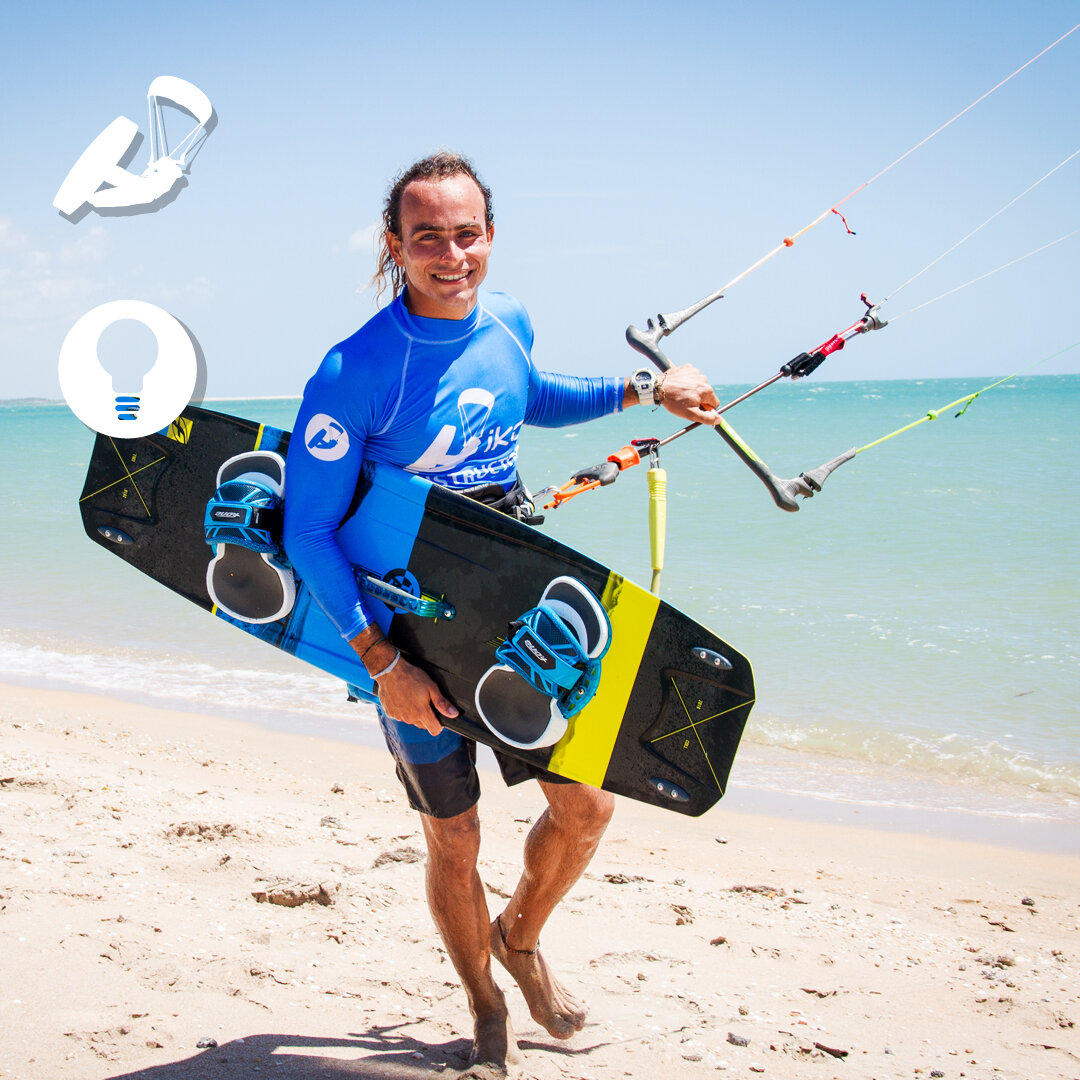
Very few people nowadays learn and teach themselves kiteboarding, let alone do we recommend this to anyone. Few decades ago when kiteboarding began basically everyone did so. There were no written techniques, progression or methods to teaching and or even learning; it was all basically trial and error until you were “up and riding”.
It might be hard to imagine for those who learned to kiteboard within recent years though kiteboarding was a whole different sport back then. The learning curve was much different and the safety aspect were virtually non existent.
Fast forward to today and we are spoiled; basically anywhere you go in the world there are certified IKO instructors and centers. These Instructors are safe, professional, trained, friendly, knowledgeable, excellent teachers that can get virtually anyone up and riding safely within a matter of hours.
Thousands of people every year are becoming kiteboarding Instructors because of many reasons. We tend to see that one first falls in love with the sport, decides they want to share their passion with others and then takes a professional training courses to begin their new journey.
Some individuals share their passion and develop the sport nationally; others decide to travel around the globe, chasing the wind and teaching others while doing so. Becoming an IKO Instructor is a rewarding career path where all that is possible and more.
We know what soft and hard skills make a great instructor though we want to hear from you!
What makes a great kiteboarding Instructor and why did you become one?
| Contact IKO | |
 |
Call us |
| Our office team is available from 12:00 p.m to 5:00 p.m and 6:00 p.m to 8:30 p.m UTC/GMT. +1(809) 5719530 |
|
 |
Email us |
| Not found your answer from the FAQs? We experience high volume requests, however we will do our best to answer as soon as possible. |
|
| Contact IKO | |
 |
Call us |
| Our office team is available from 12:00 p.m to 5:00 p.m and 6:00 p.m to 8:30 p.m UTC/GMT. +1(809) 5719530 |
|
 |
Email us |
| Not found your answer from the FAQs? We experience high volume requests, however we will do our best to answer as soon as possible. |
|
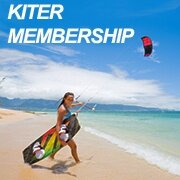
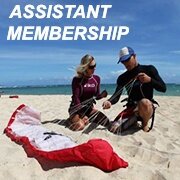
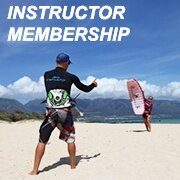

.png)

